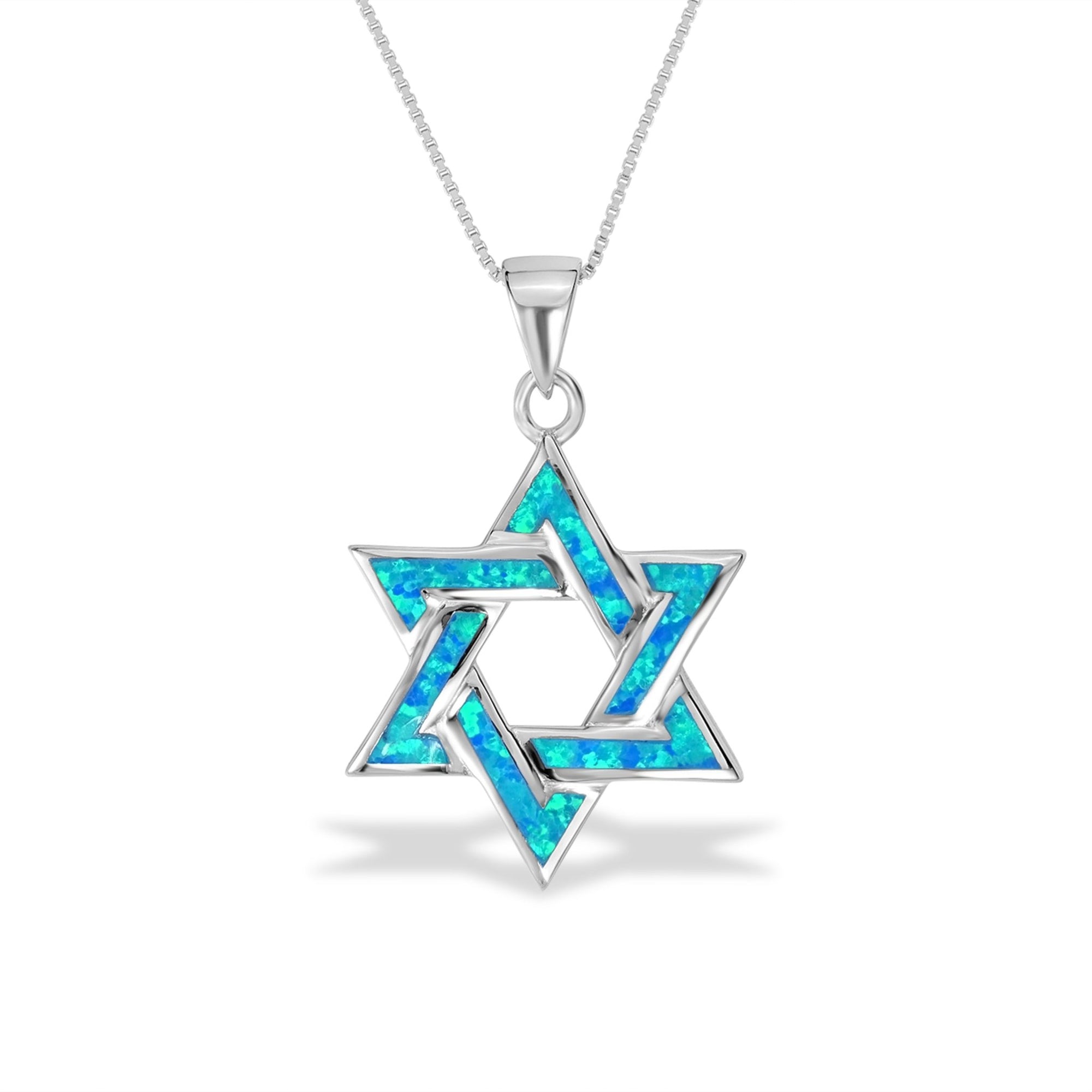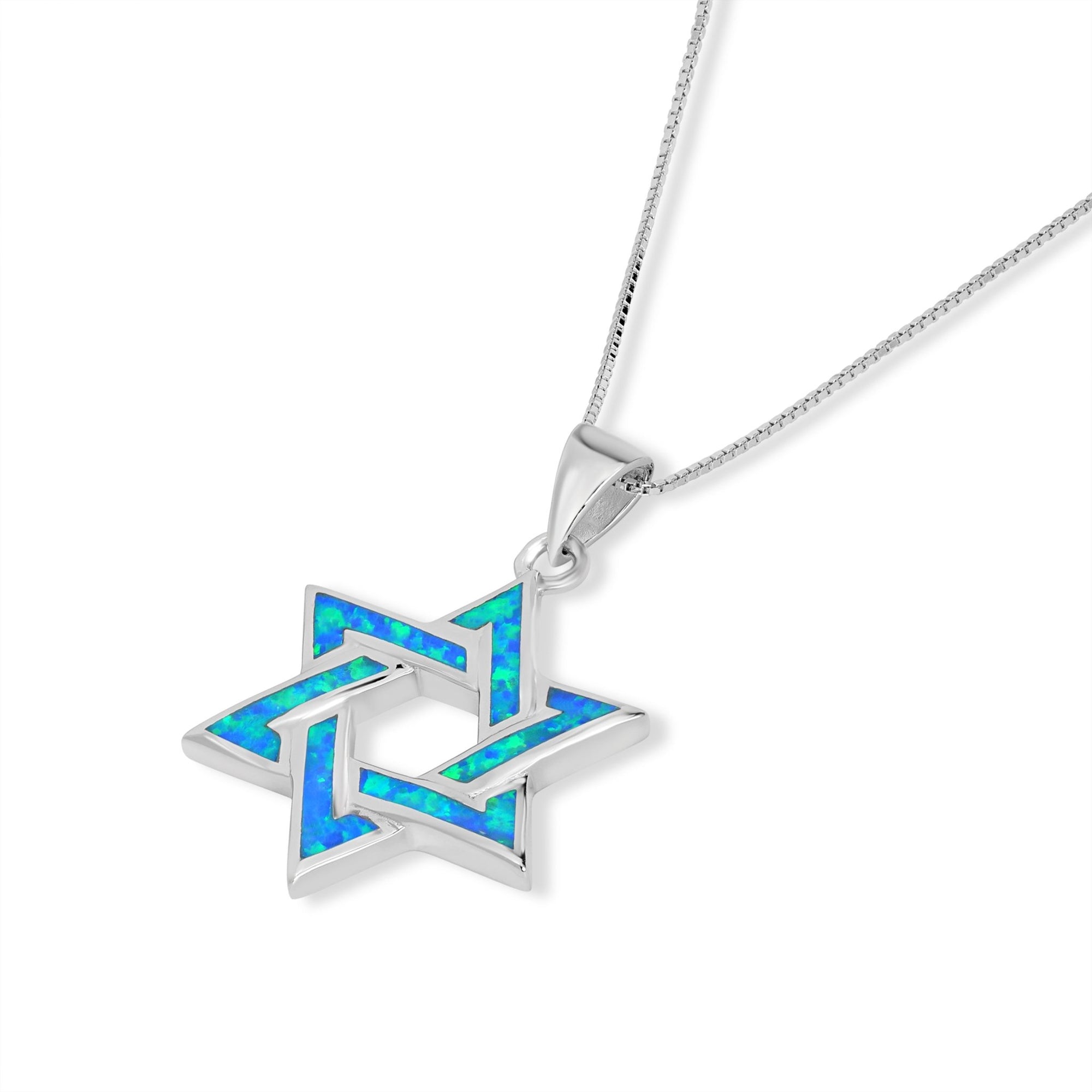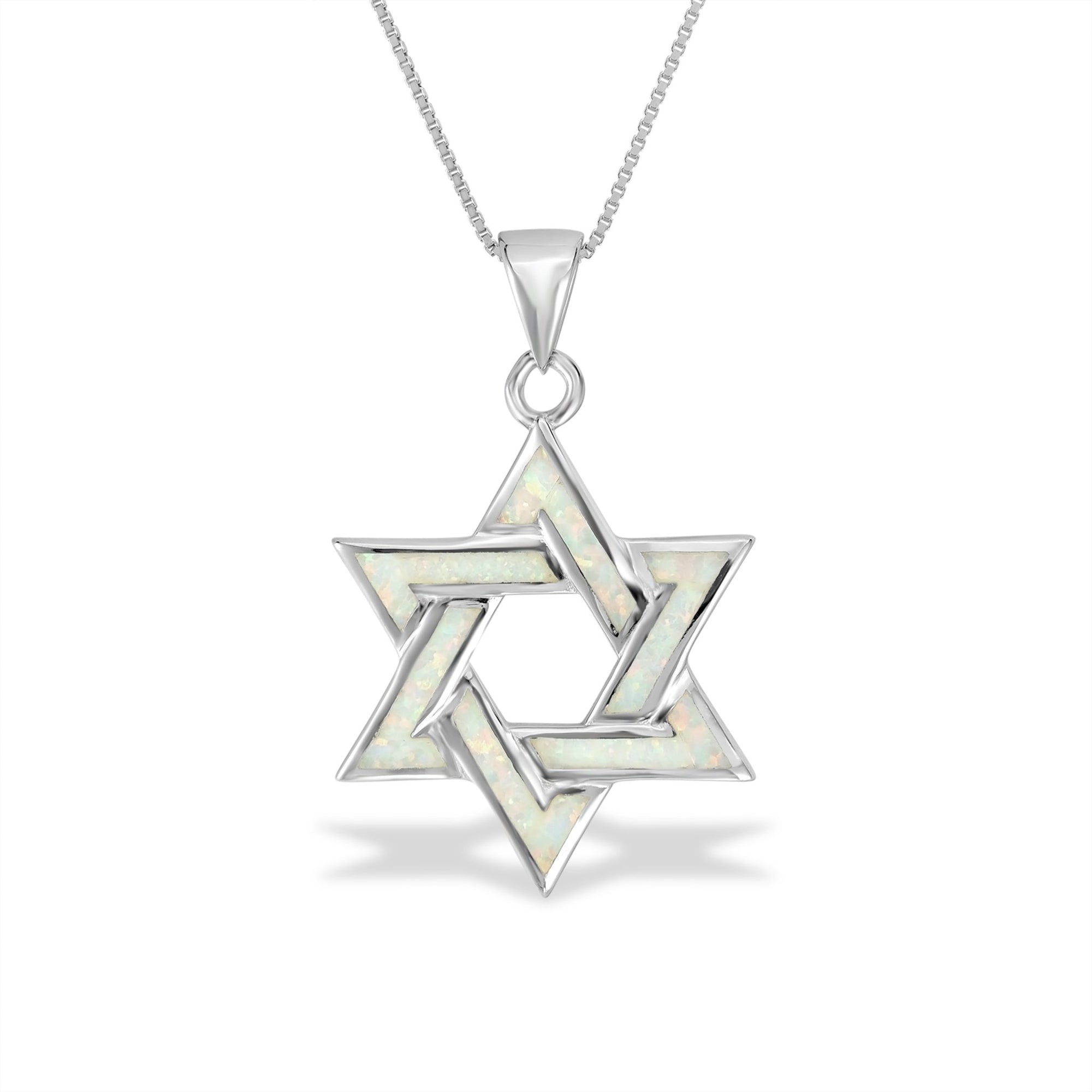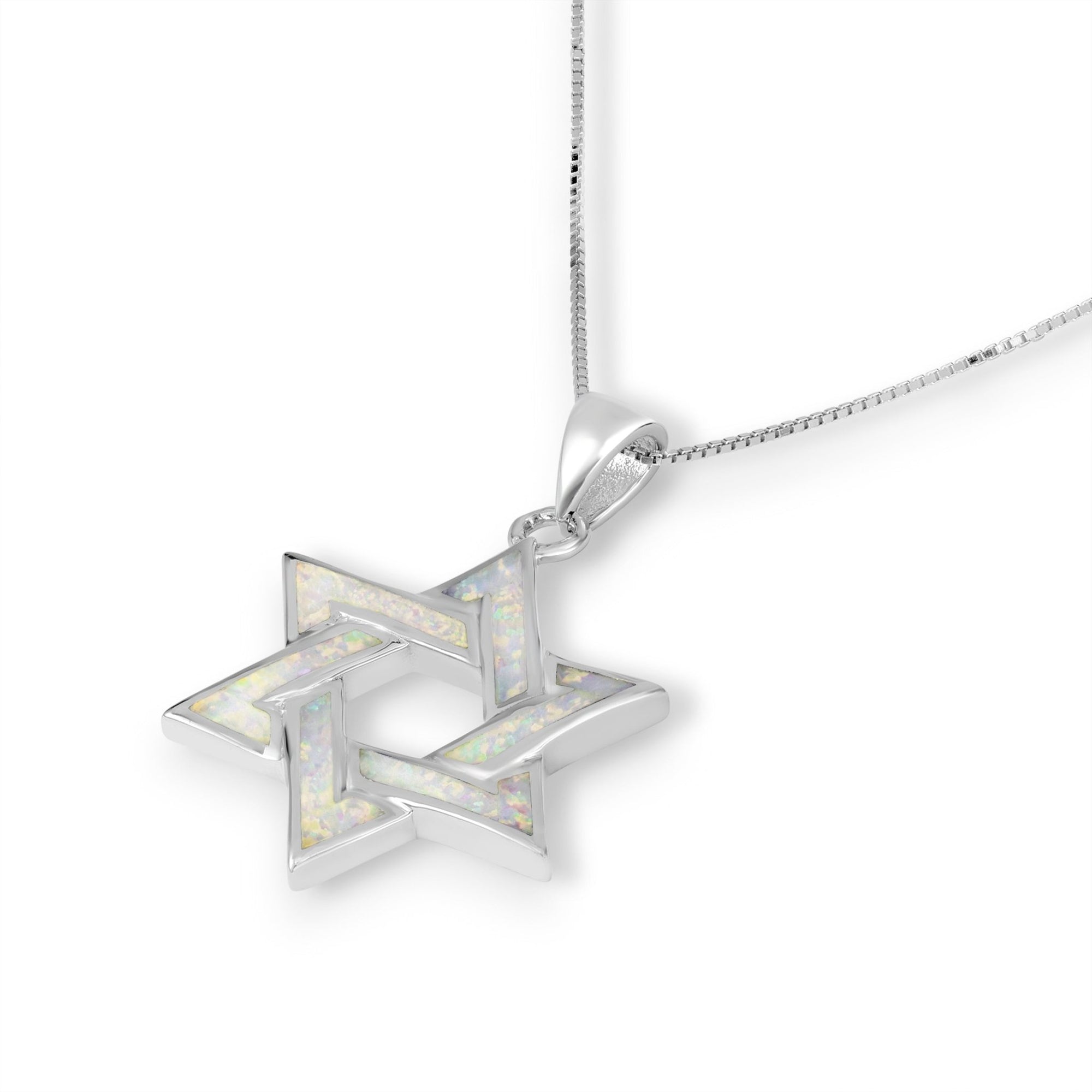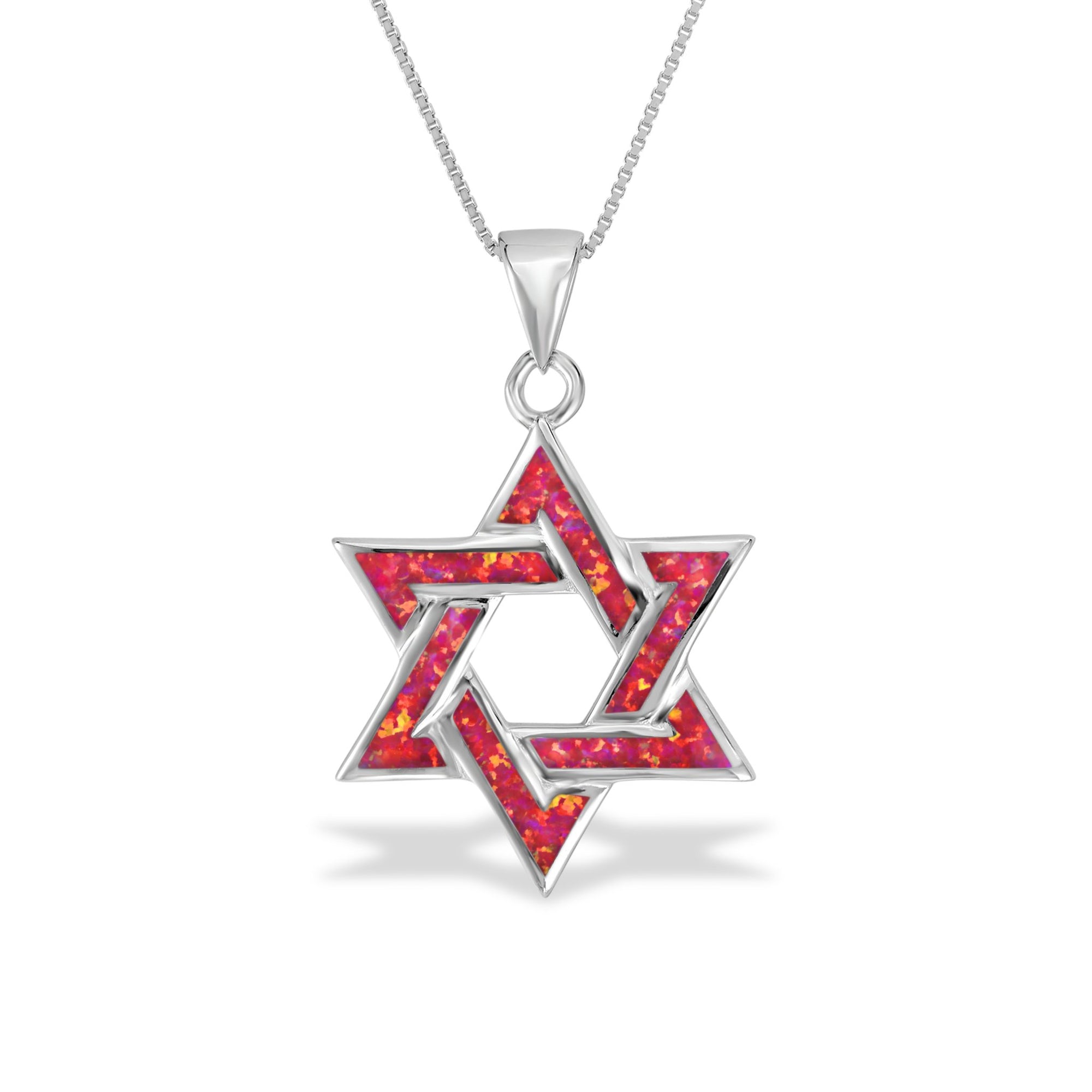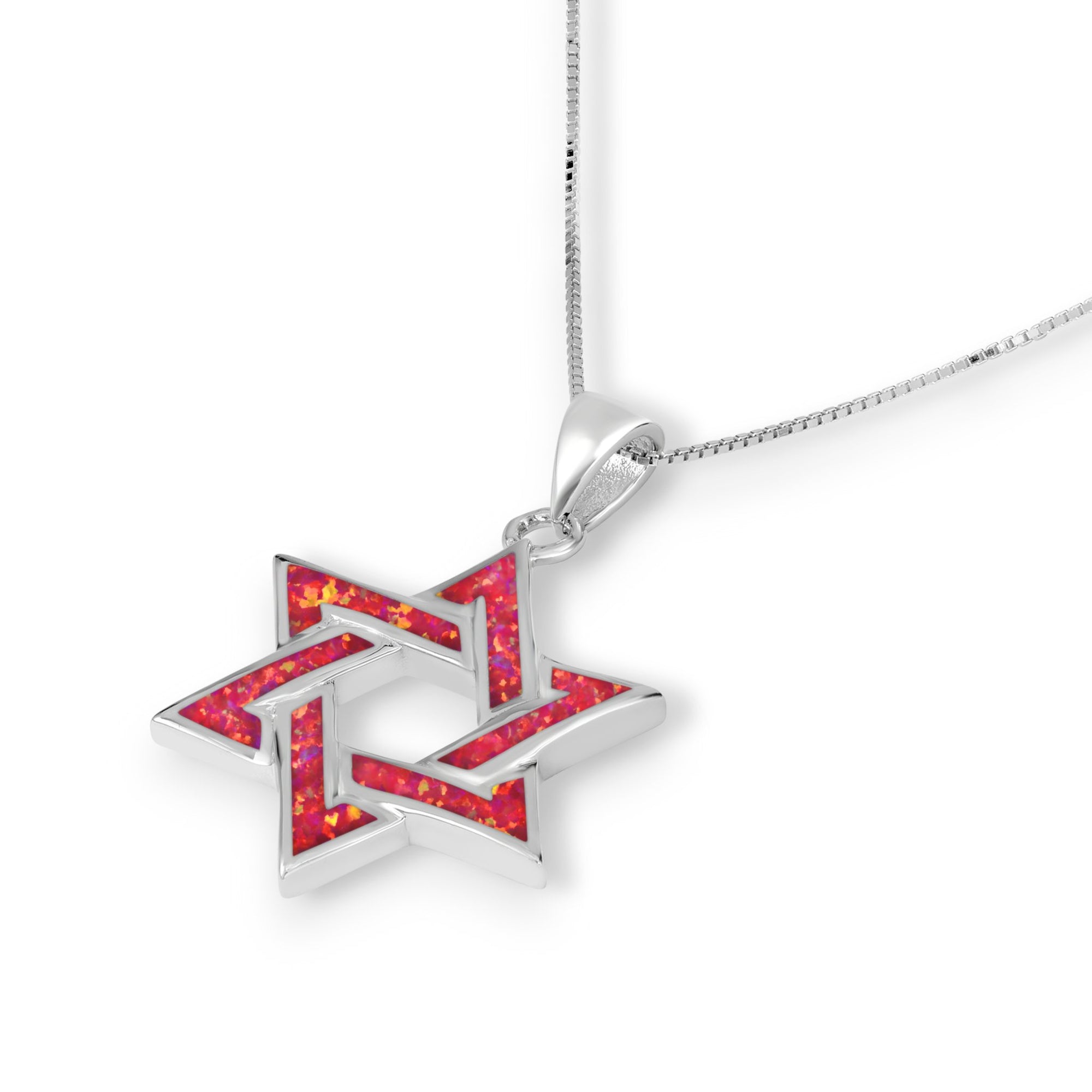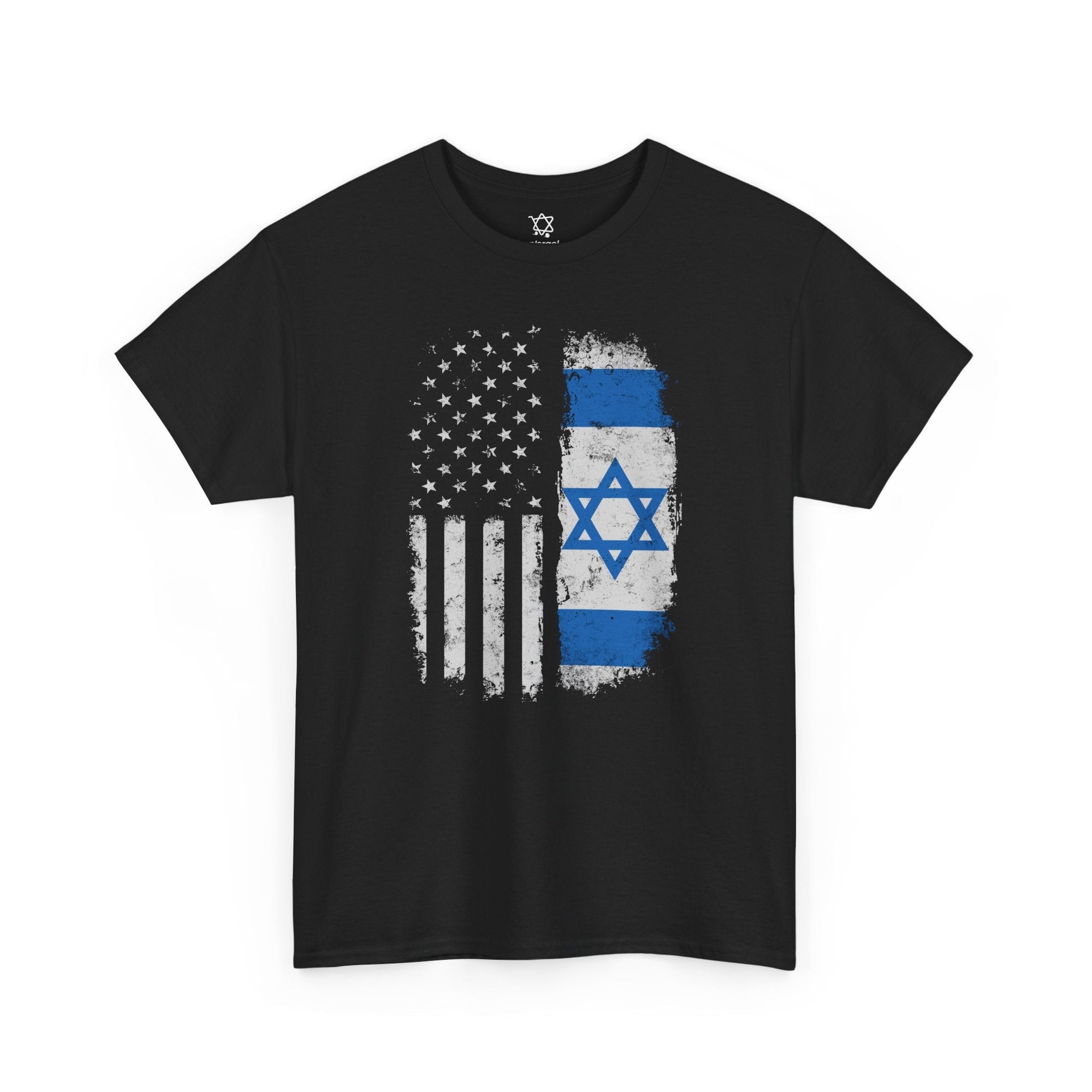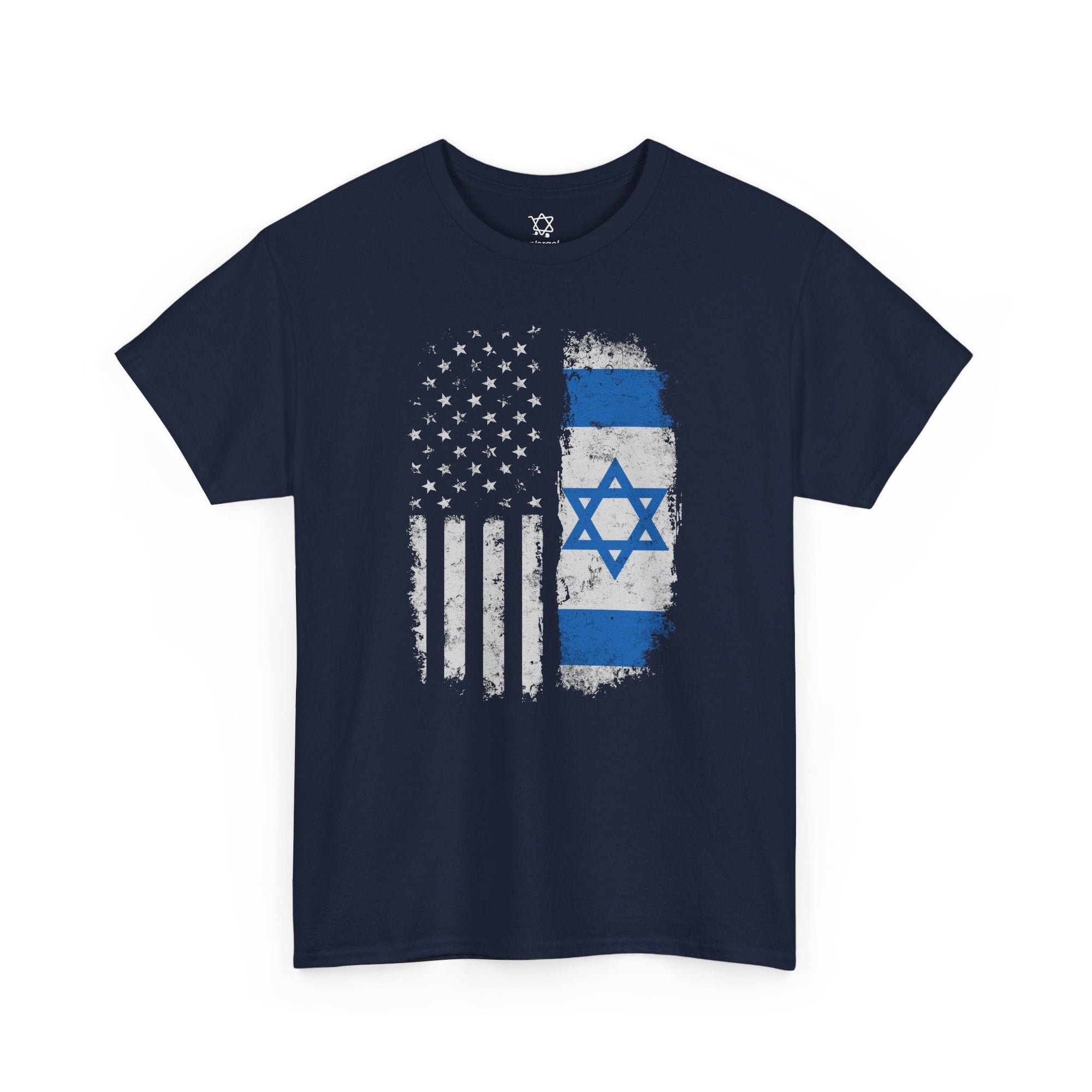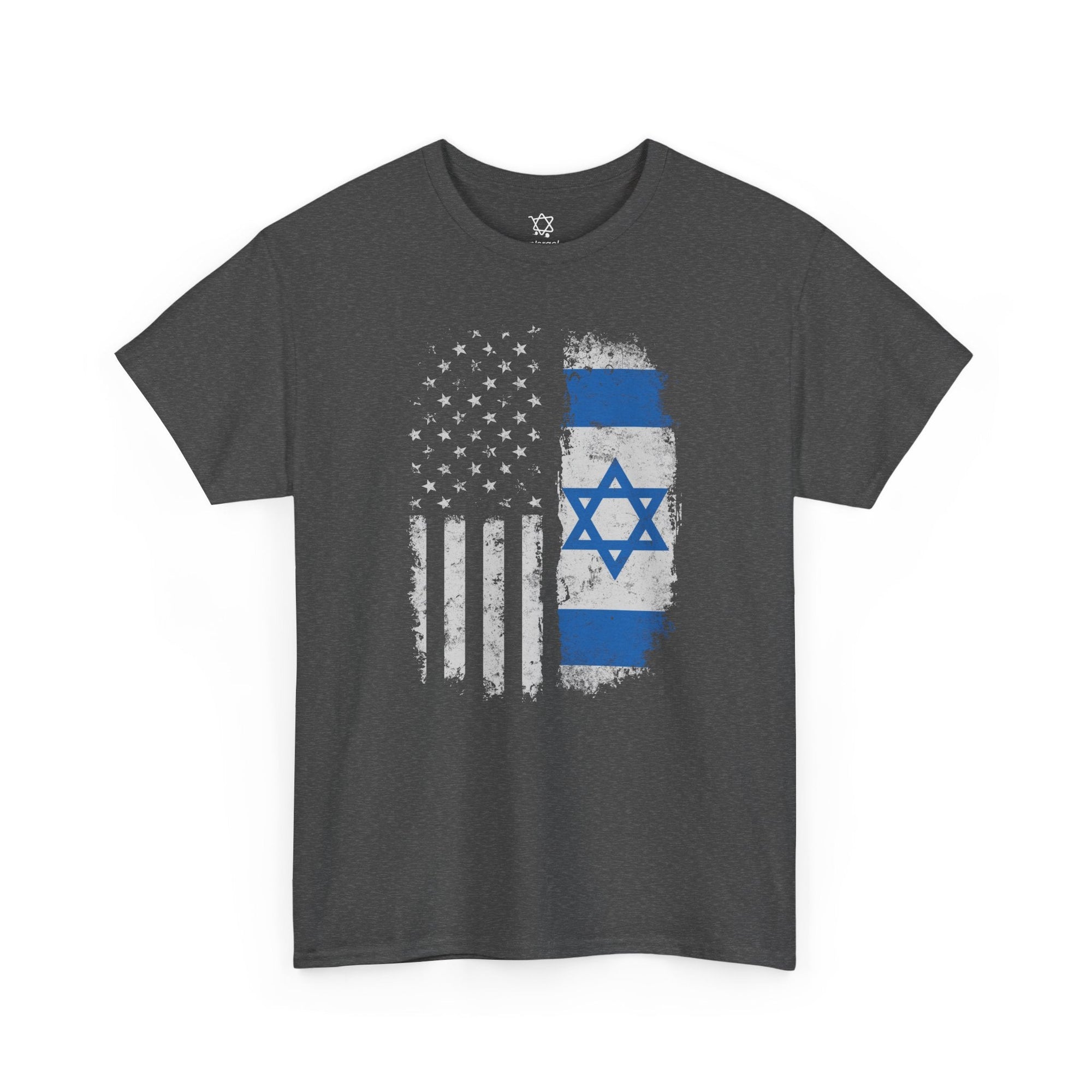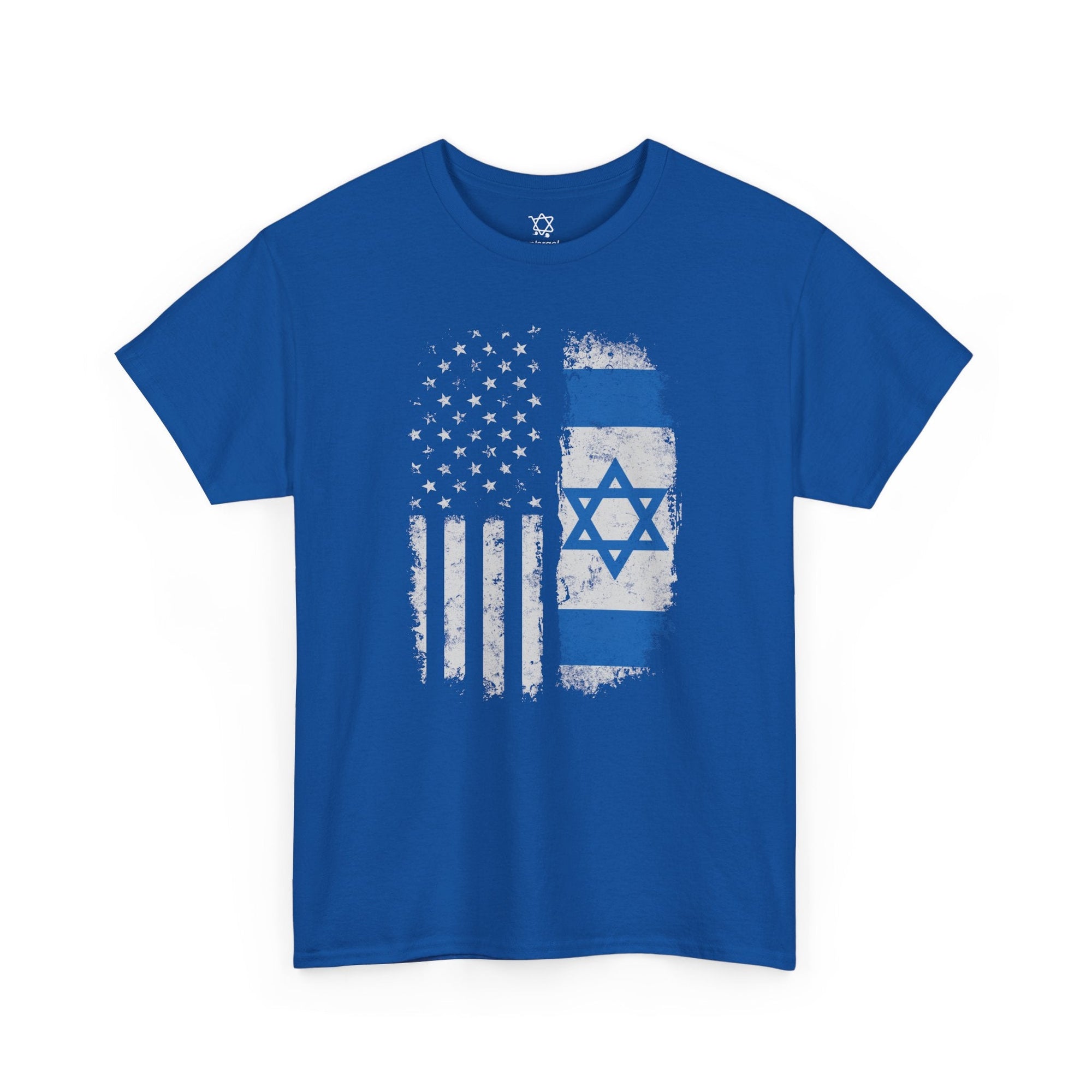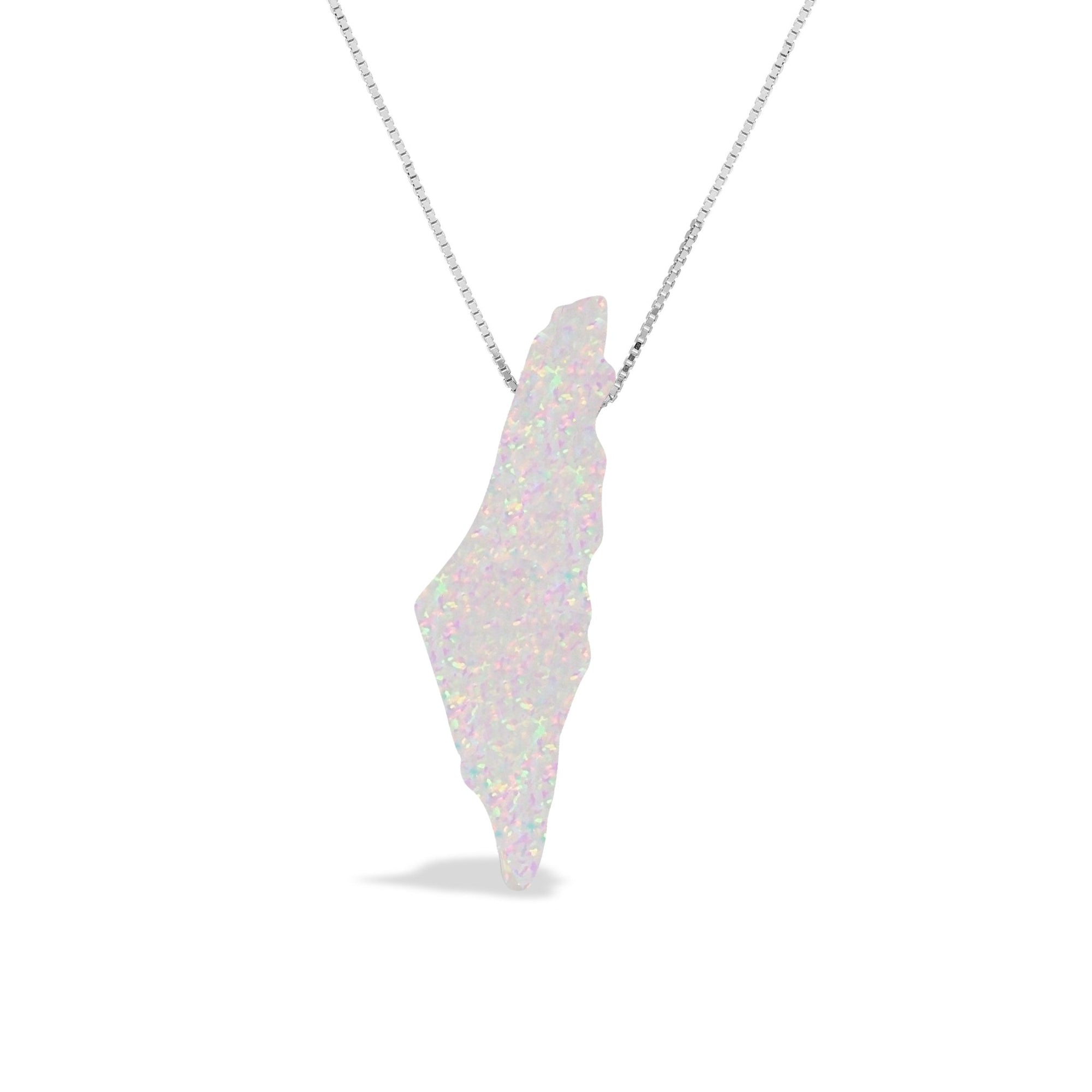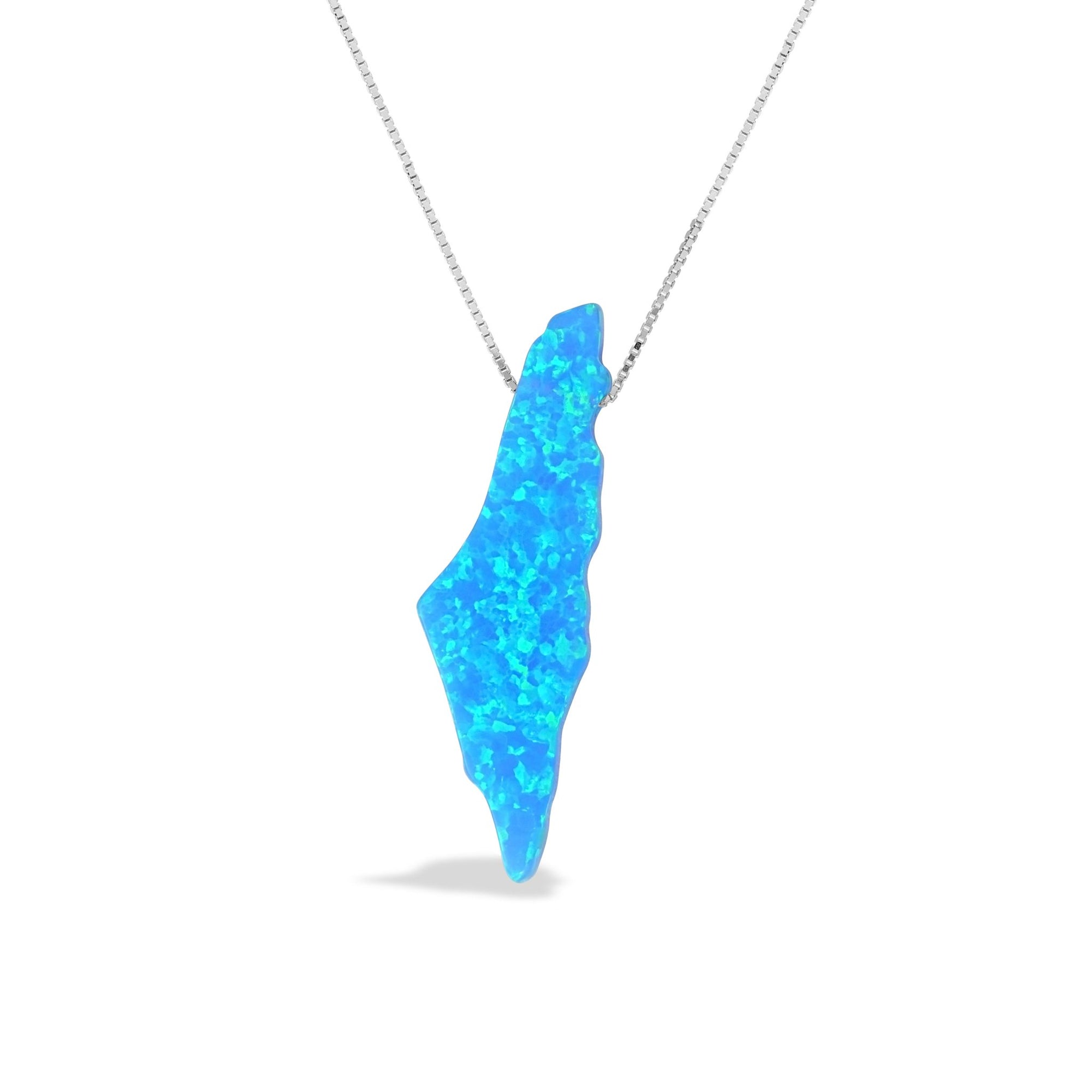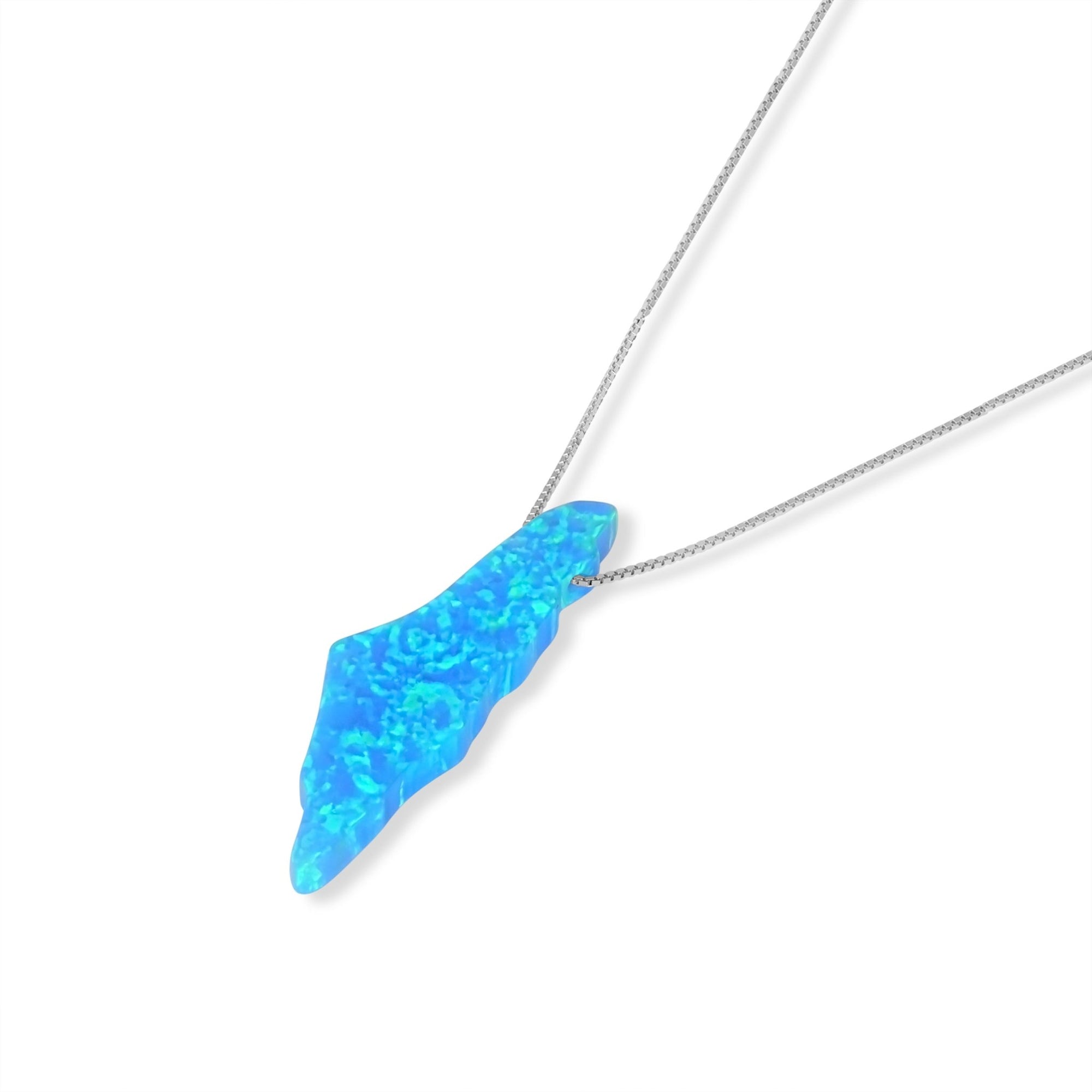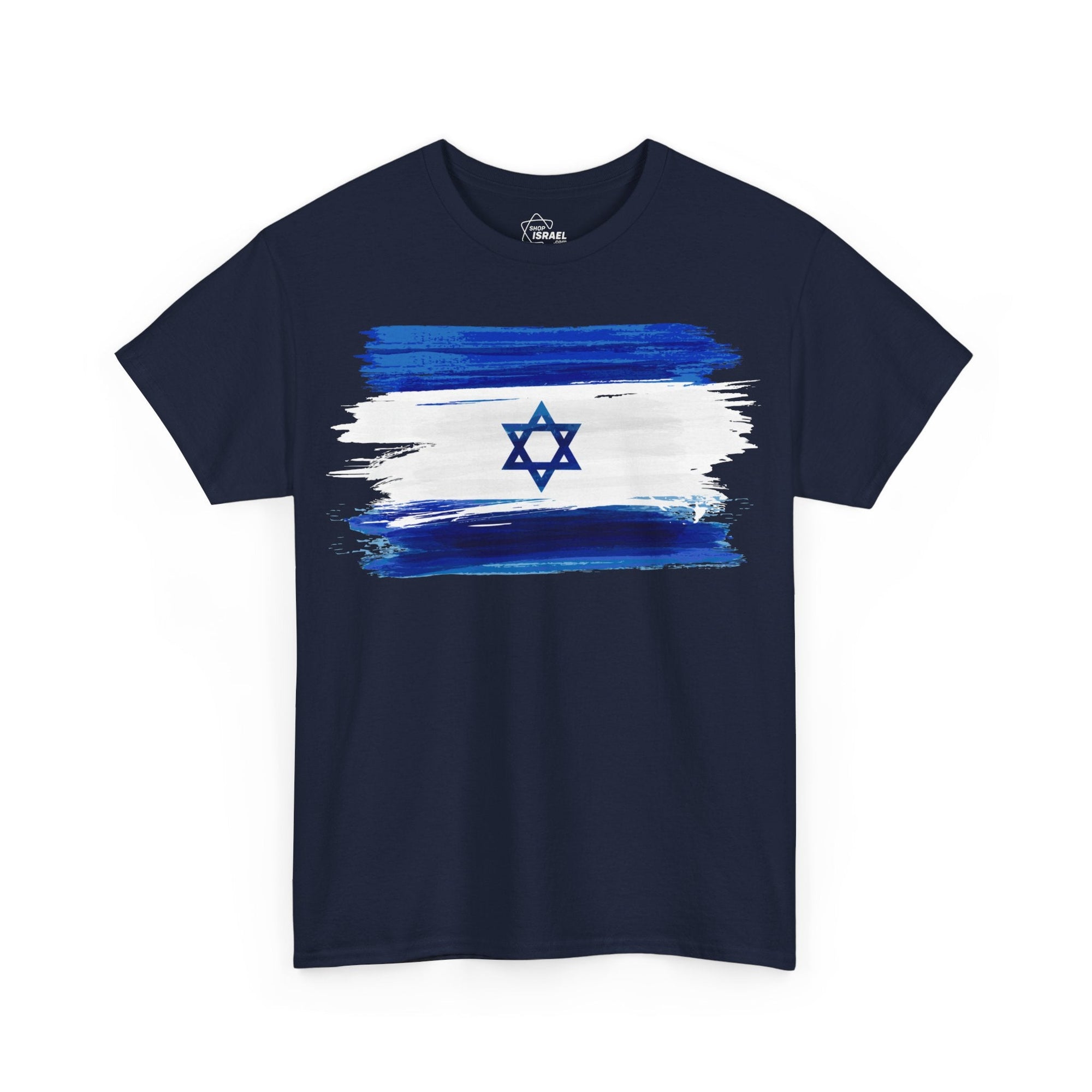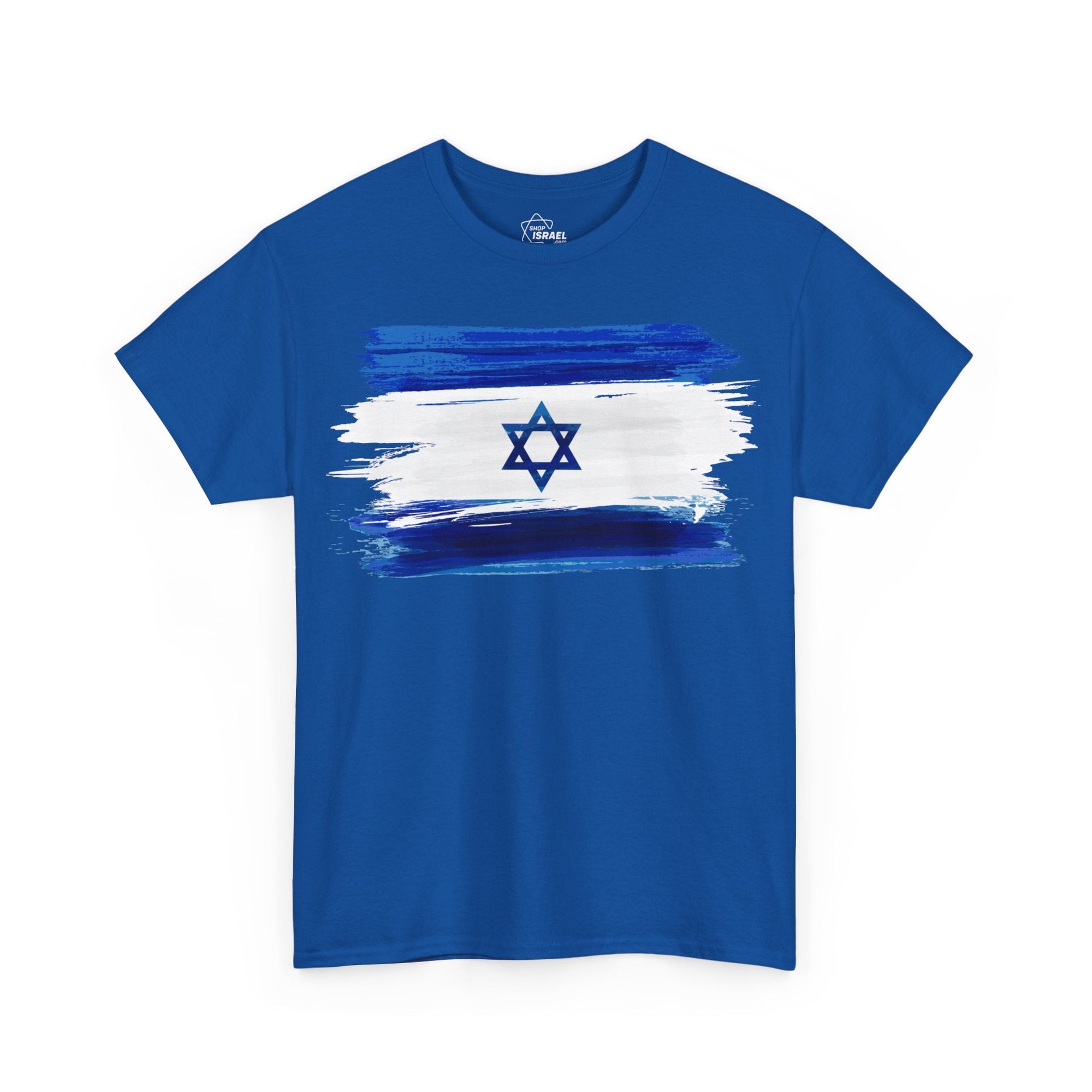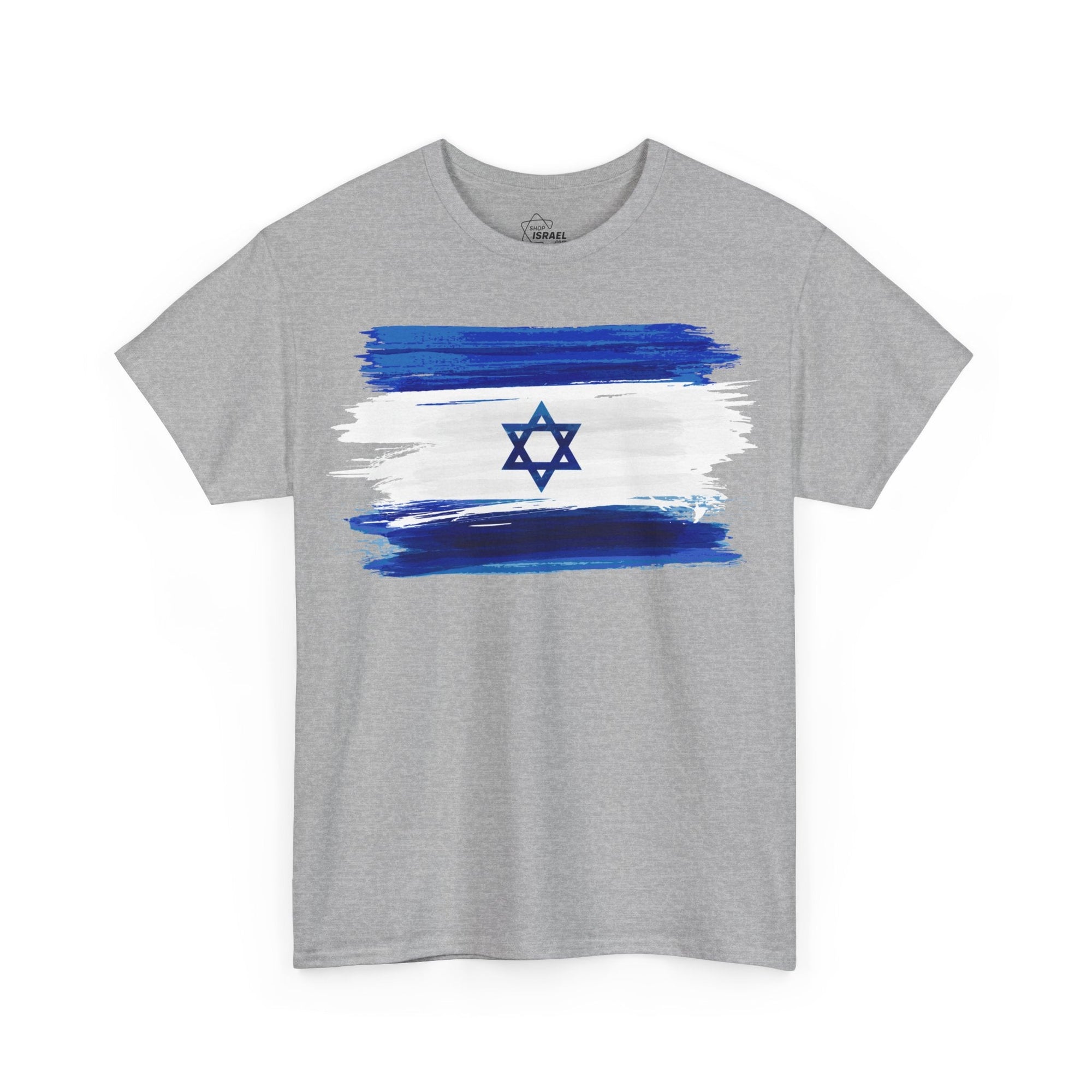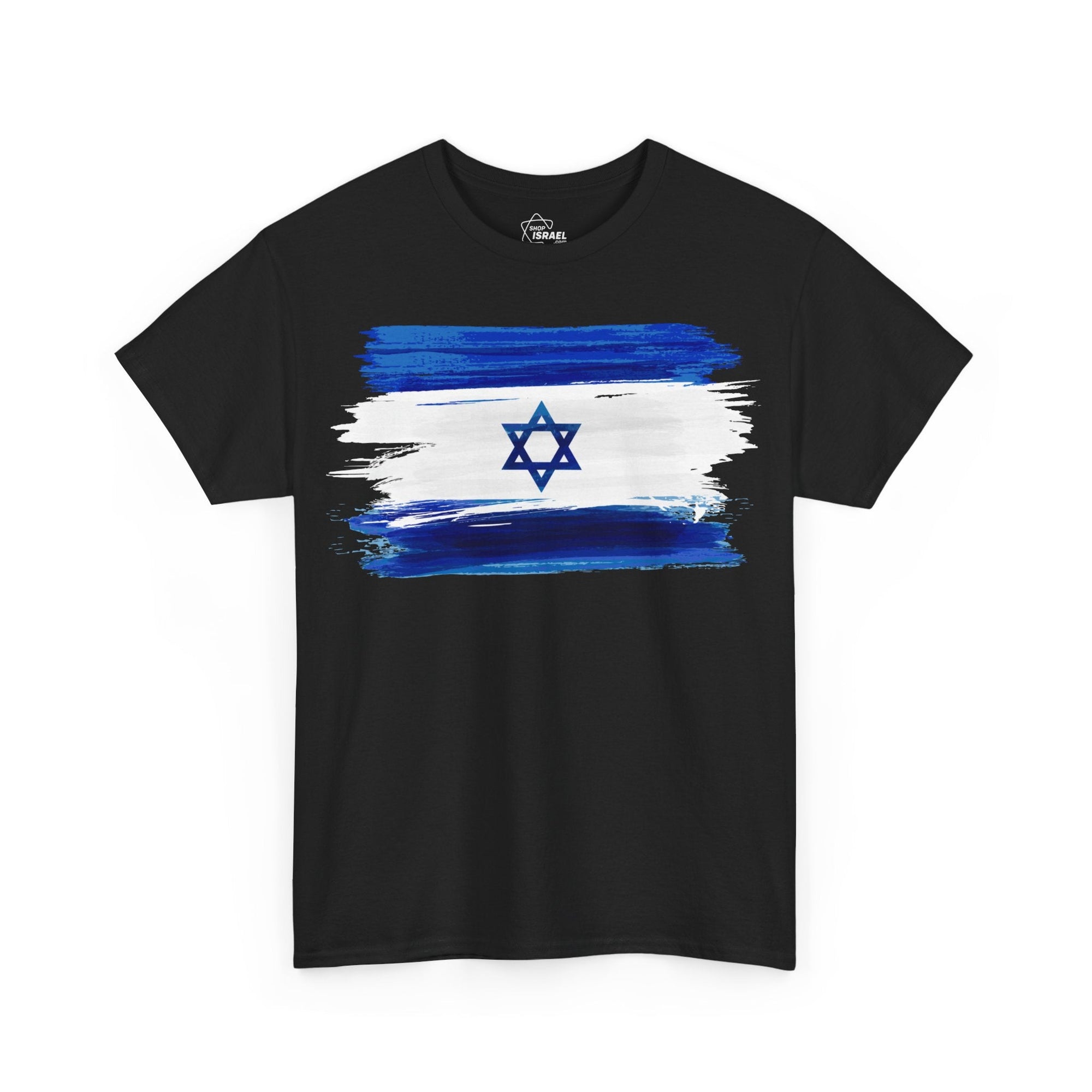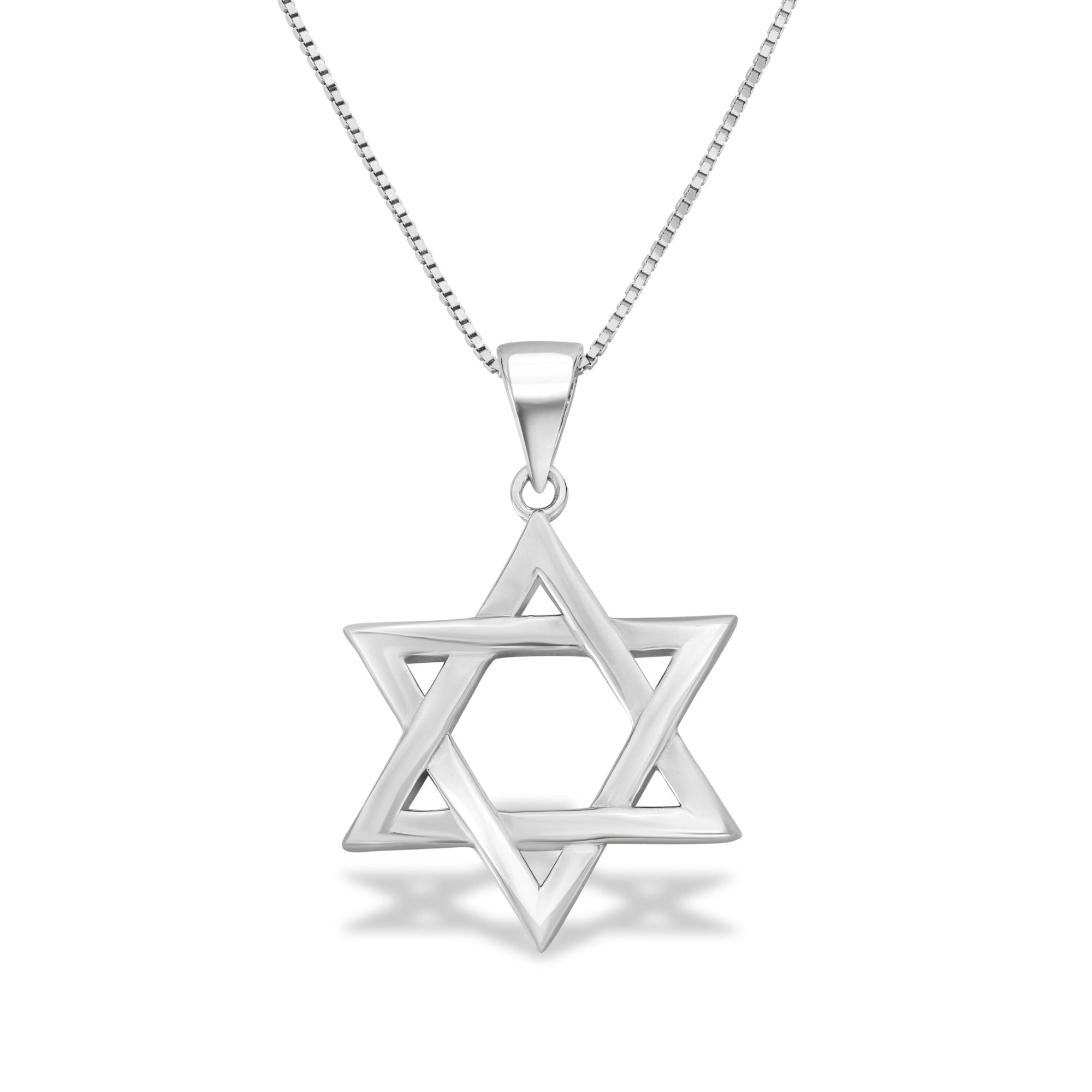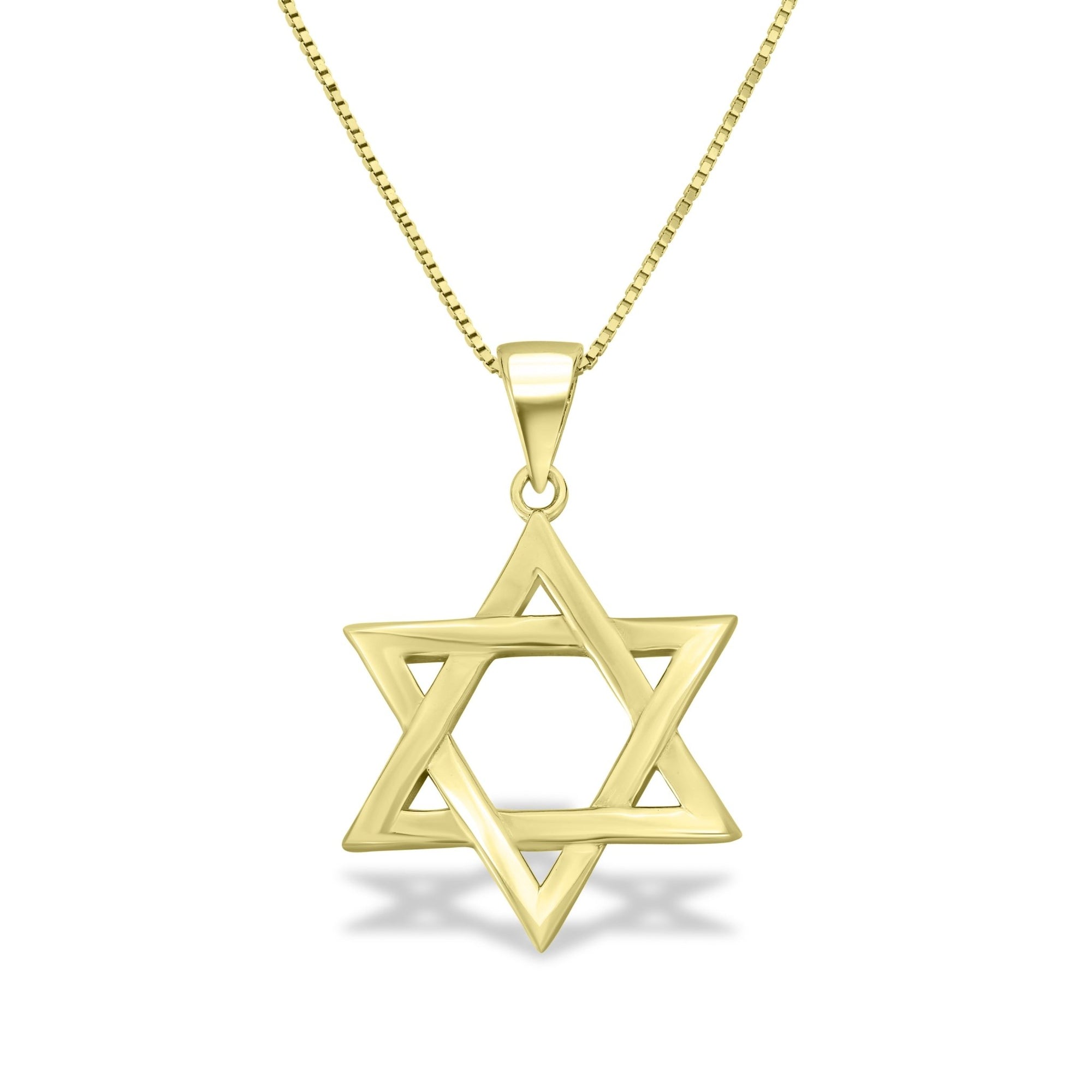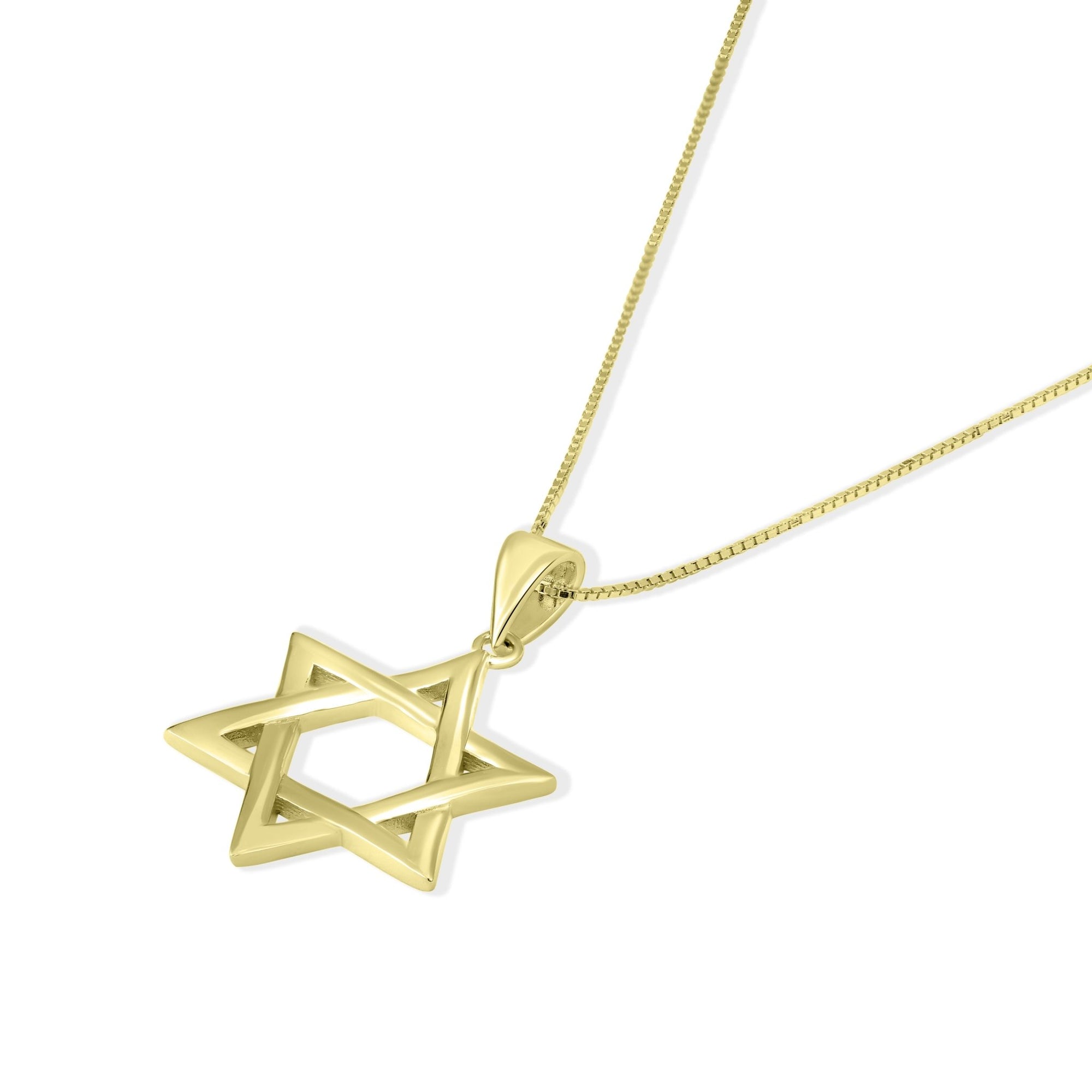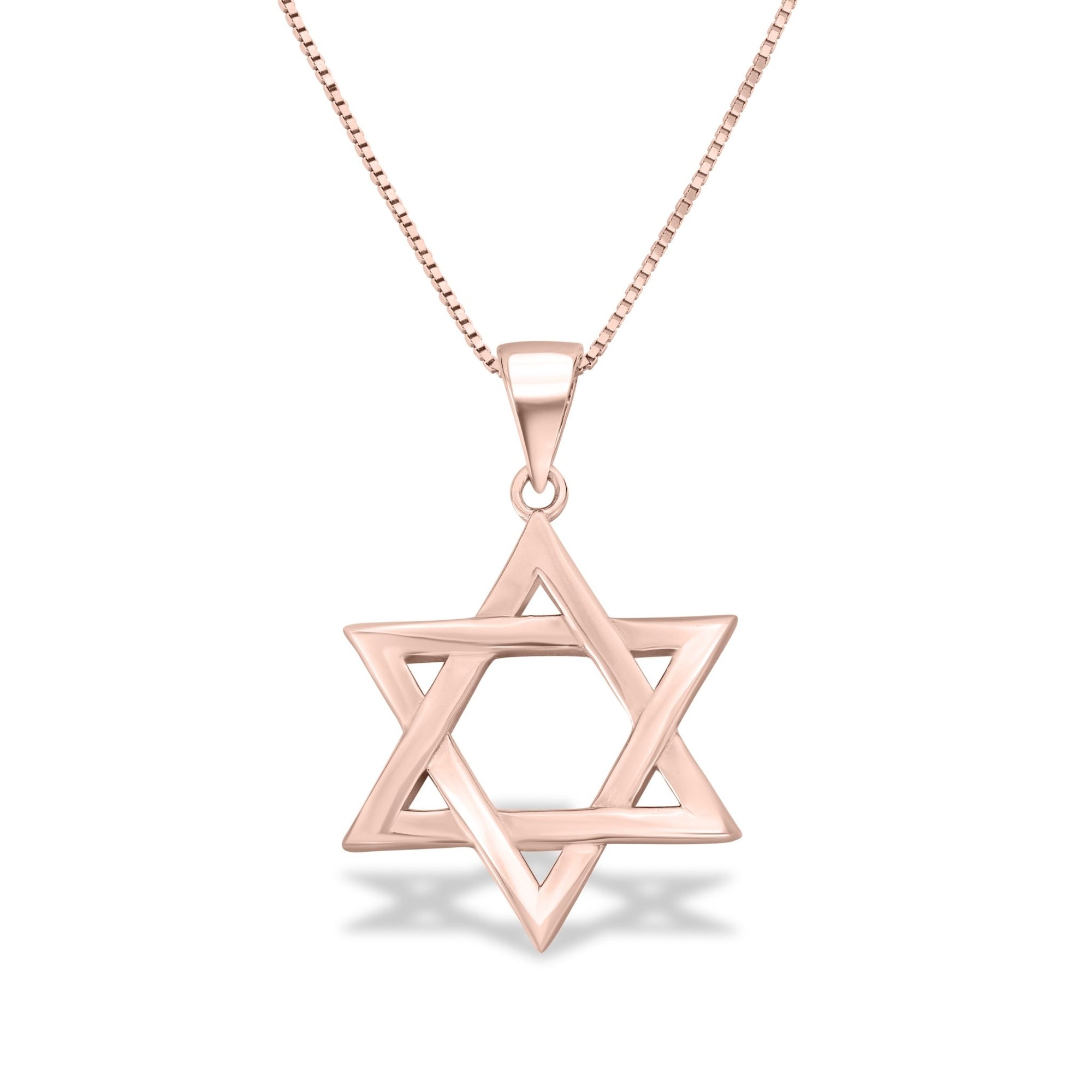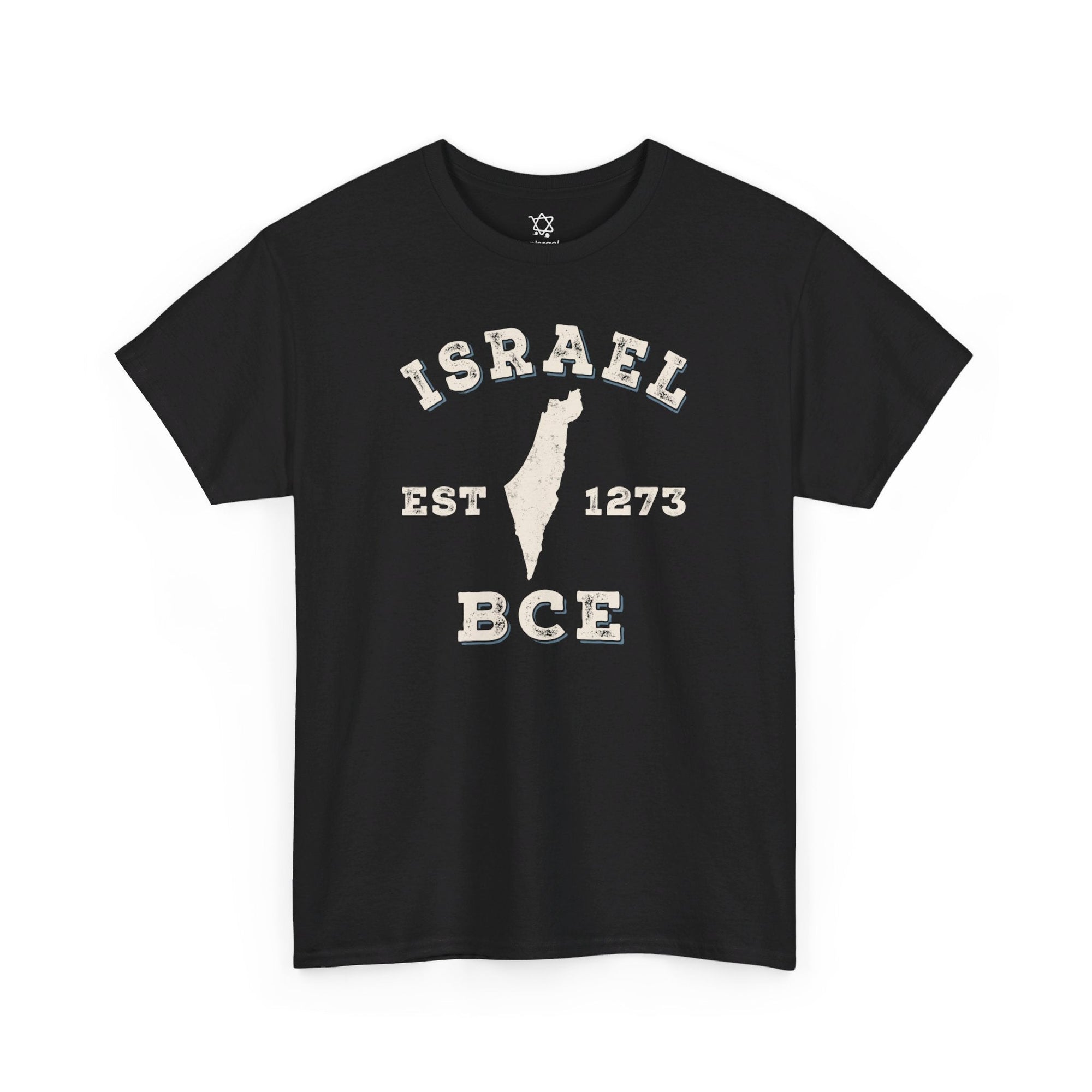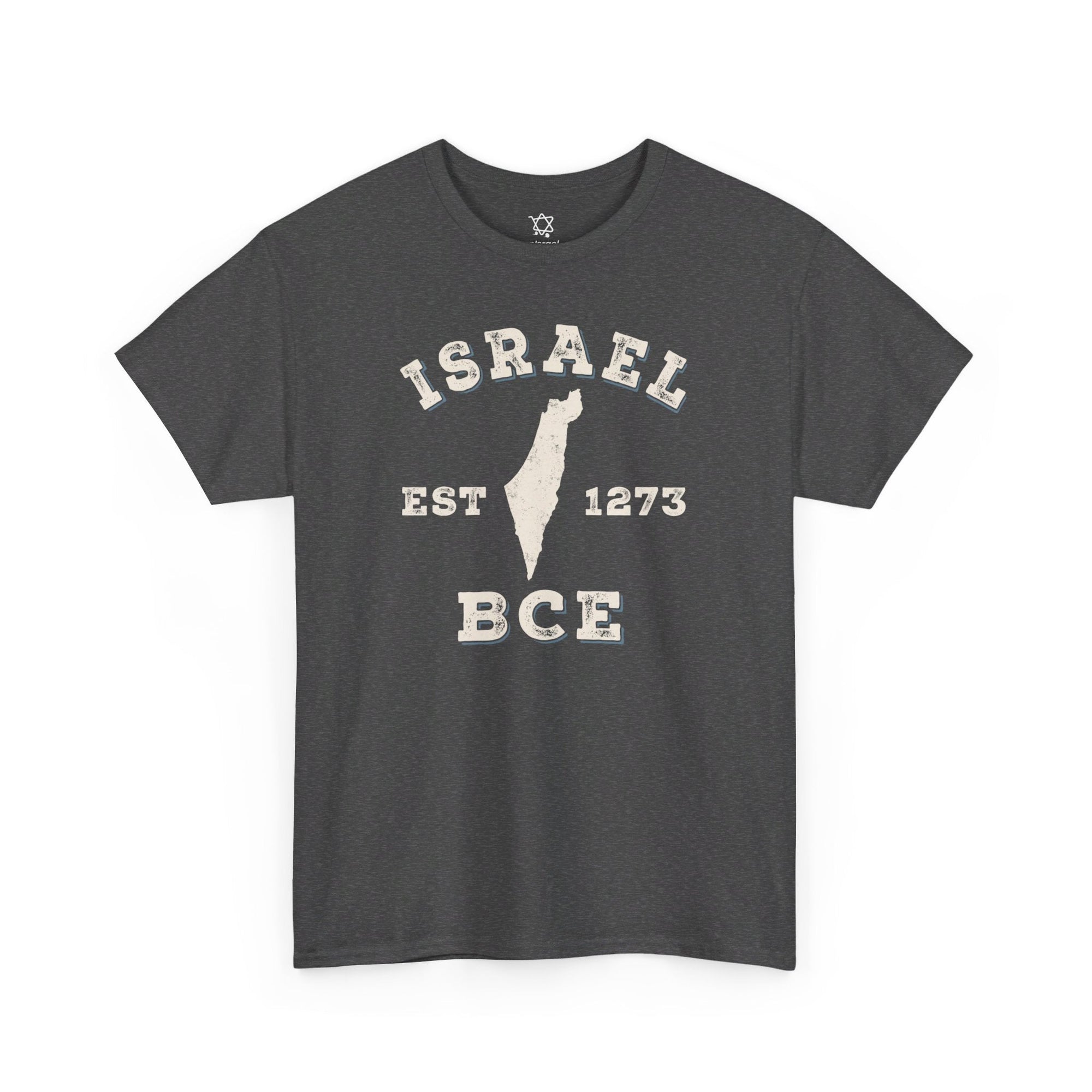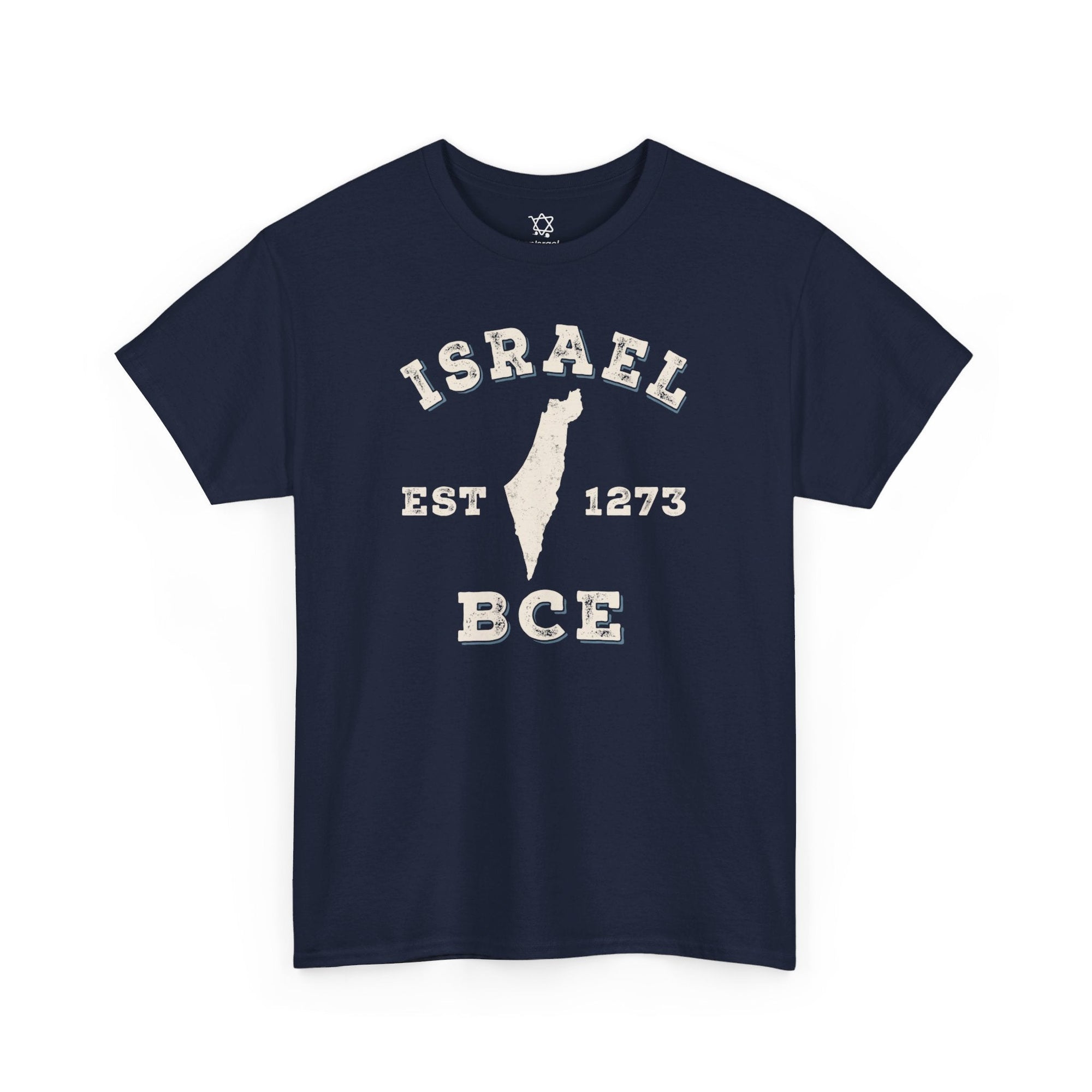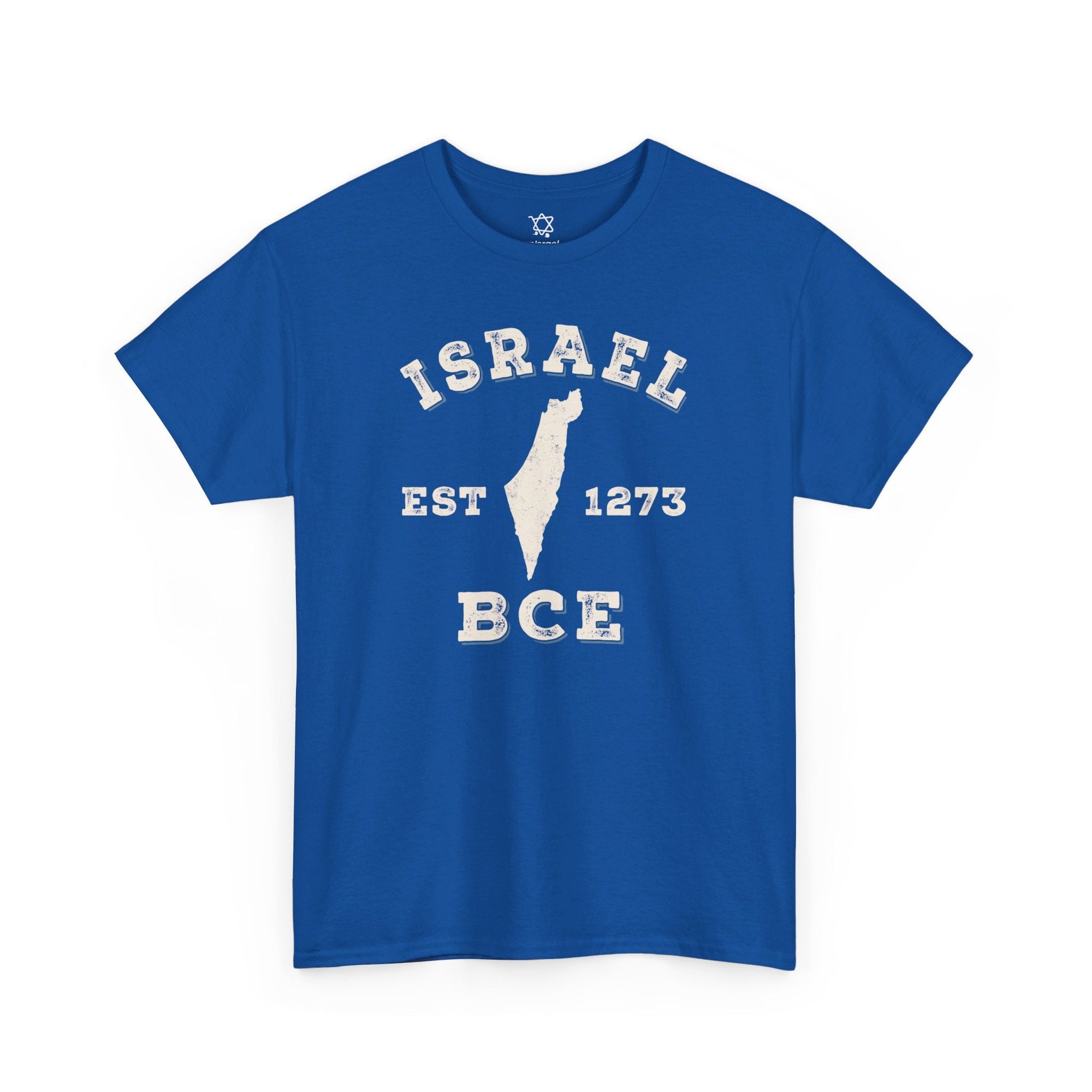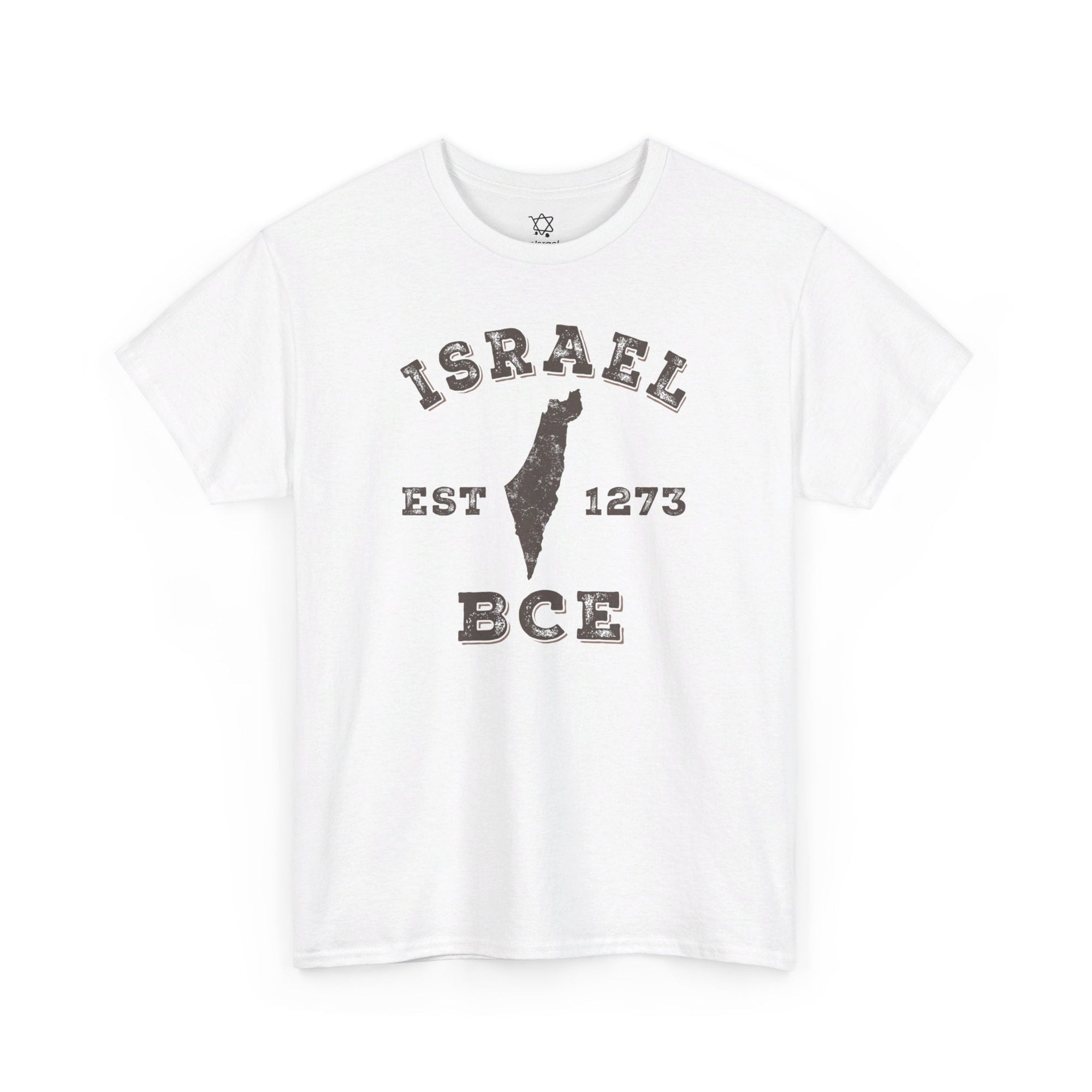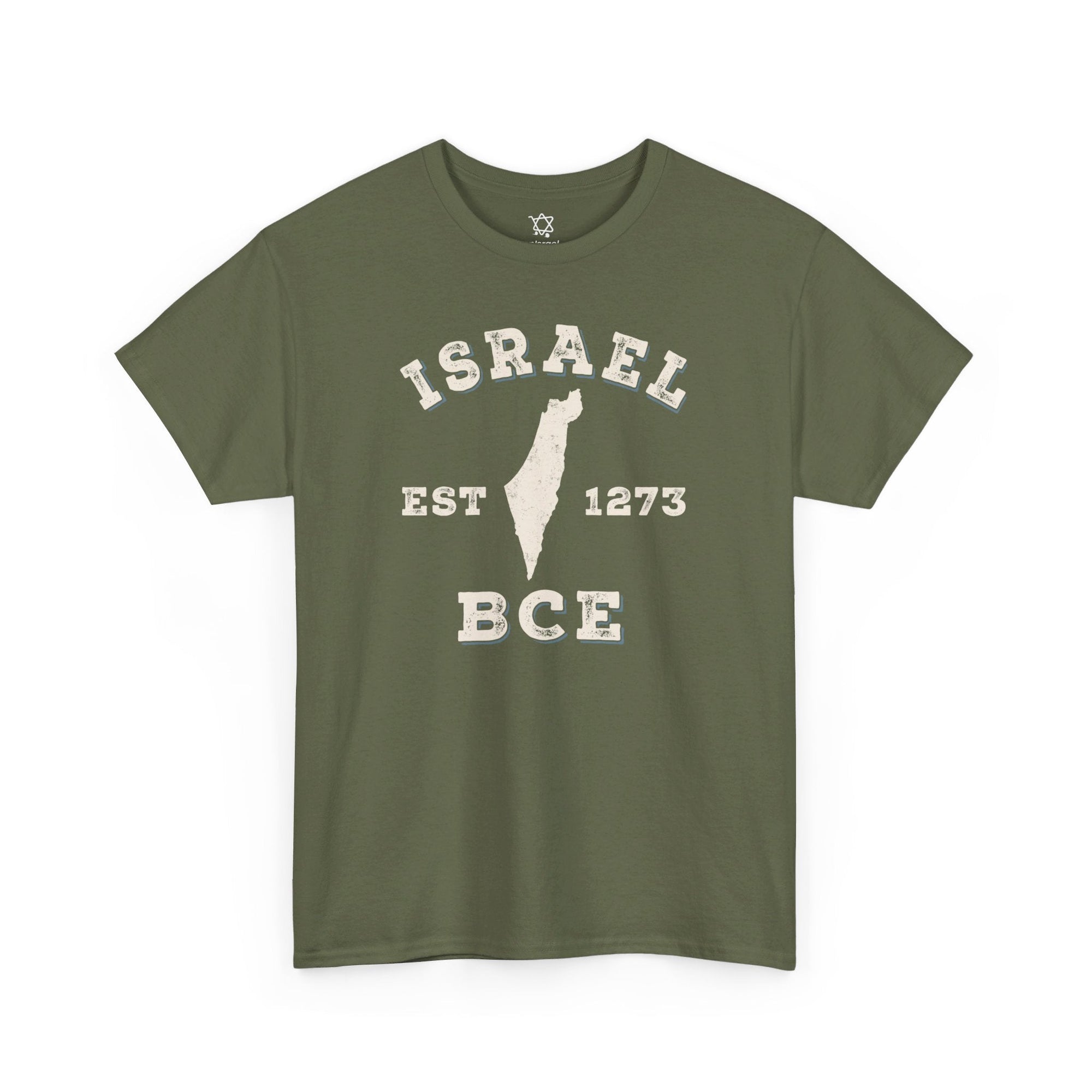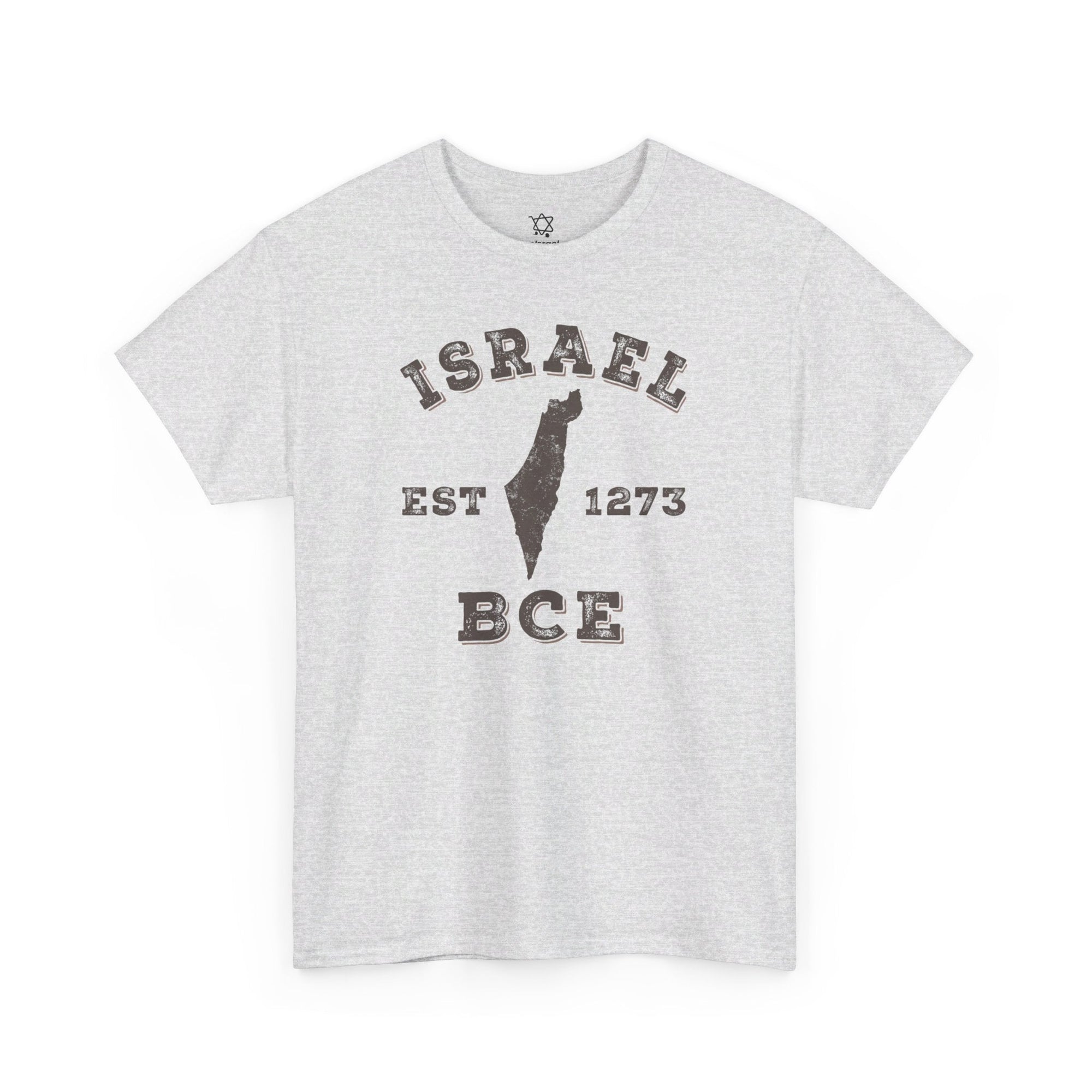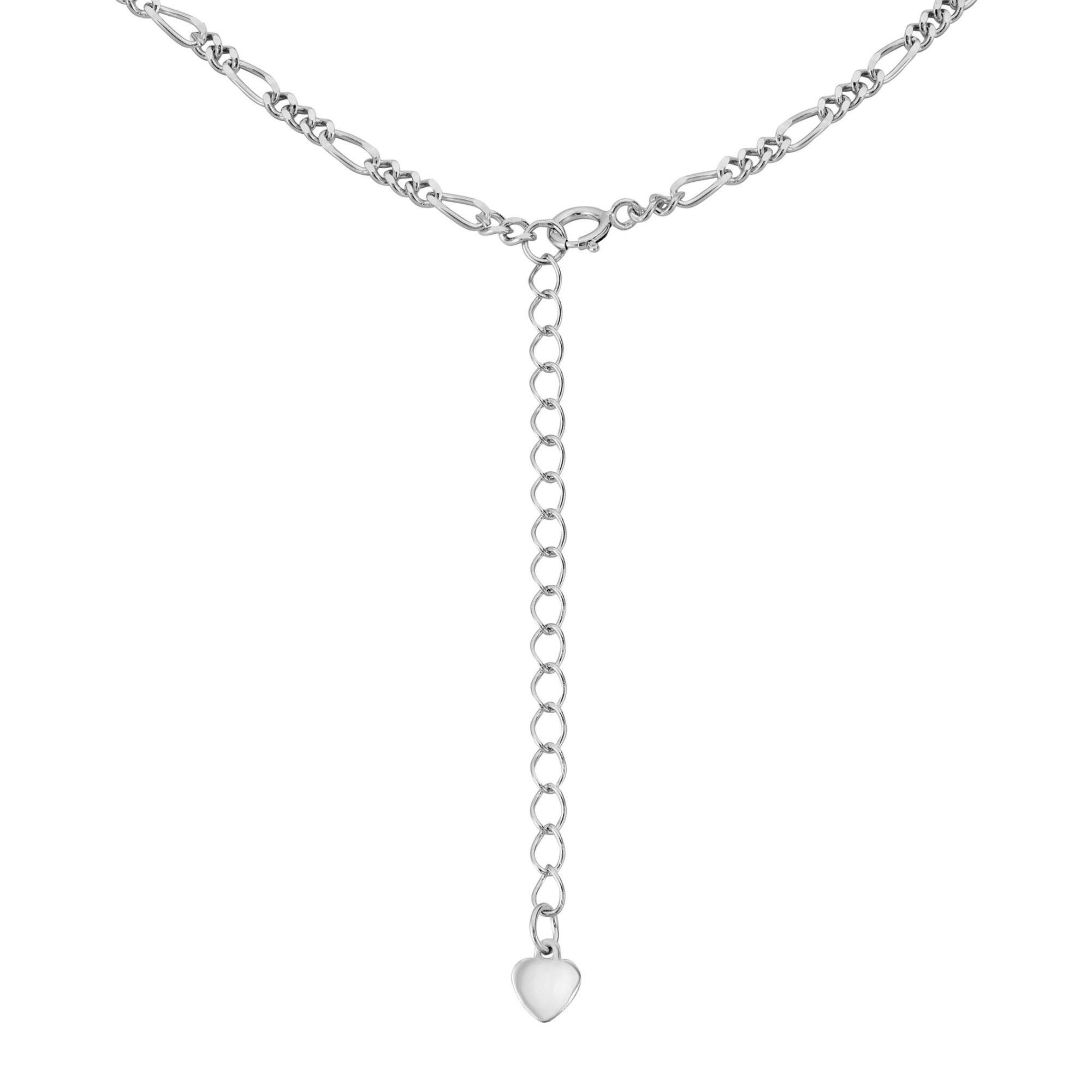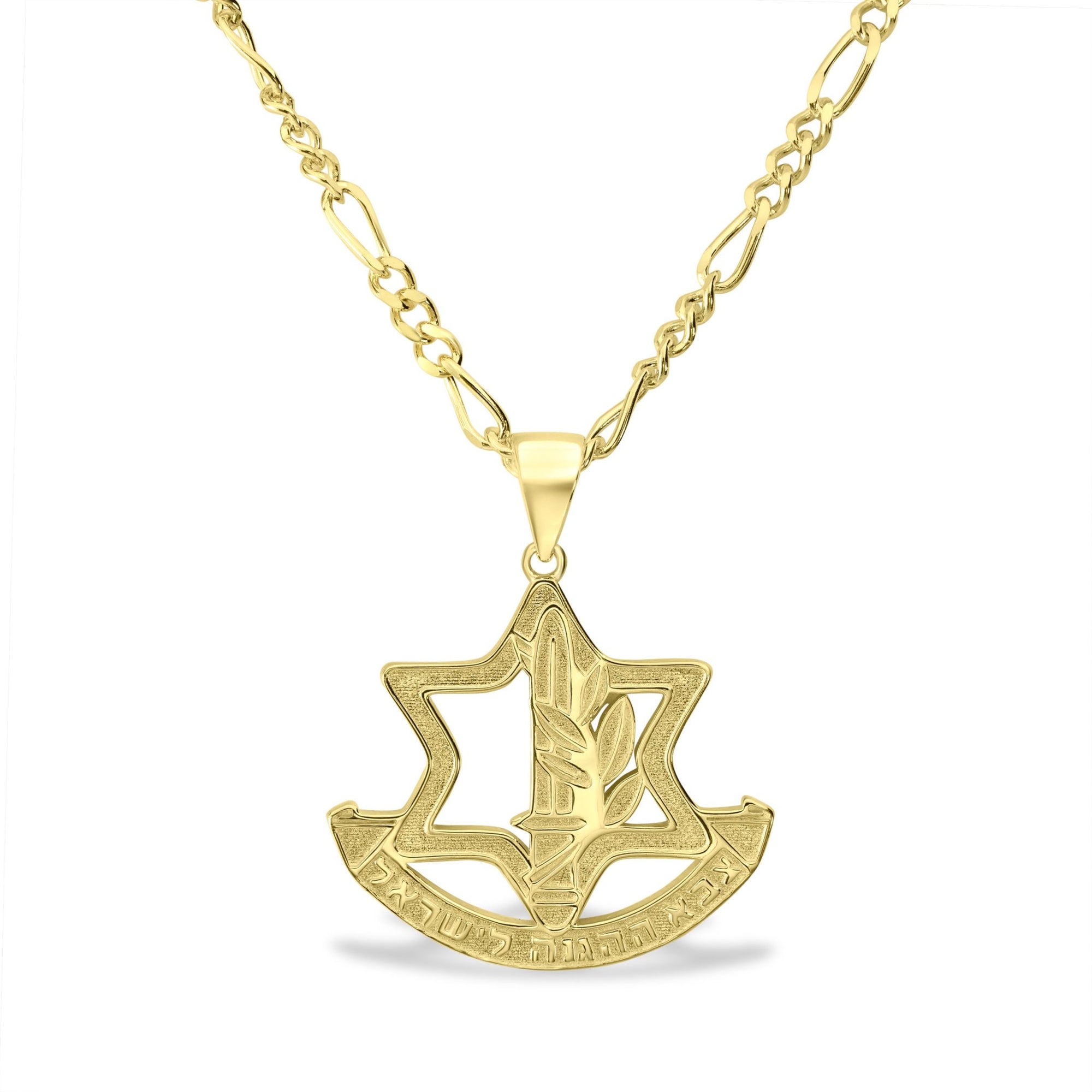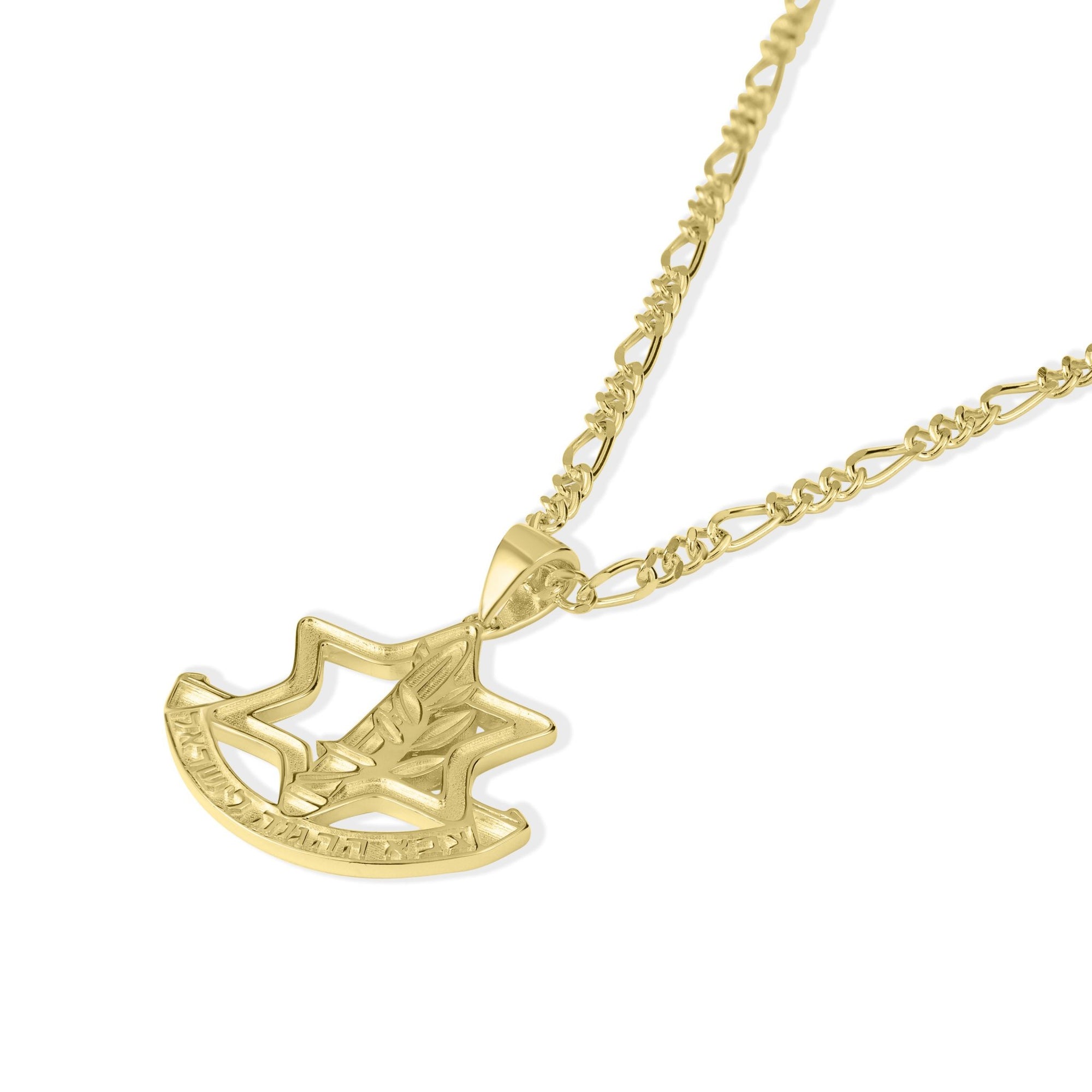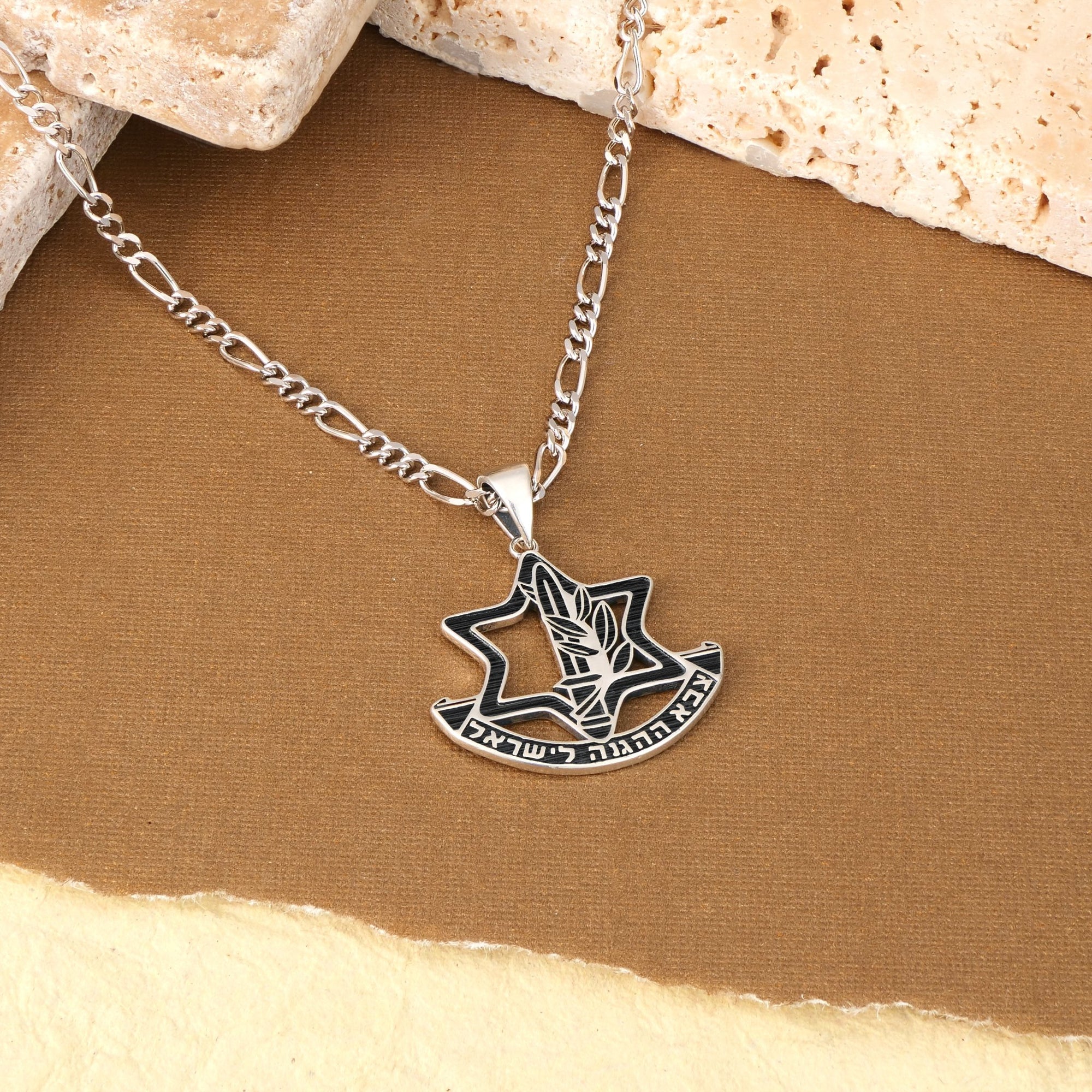Understanding the Star of David and Its Deep Roots
The Star of David, known in Hebrew as Magen David or the Shield of David, is far more than a geometric figure—it's a potent emblem of Jewish heritage, spirituality, and resilience. Comprising two interlocking equilateral triangles forming a six-pointed star, this symbol encapsulates centuries of cultural identity, mystical meaning, and historical significance. From its early decorative origins to its widespread recognition as a symbol of Jewish faith and unity, the Star of David has found a powerful expression through jewelry. Wearing a Star of David necklace today is a way to connect with this heritage—not only as an adornment but as a profound statement of identity, protection, and spiritual connection.
Origins and Historical Evolution of the Star of David

What is the historical origin of the Star of David?
The Star of David, or Magen David, originated long before its strong association with Judaism. Archaeological findings trace the symbol back to ancient Eastern cultures, with early Jewish engravings appearing on synagogue walls, textiles, and tombstones as far back as the third or fourth century CE. However, it was primarily a decorative motif rather than a religious emblem at that time.
Its distinctive design—a hexagram formed by two interlocking equilateral triangles—was adopted by Jewish communities in the 17th century. The Jewish quarter of Prague notably embraced the symbol, using it on their flag and as an emblem of communal identity. This adoption marked the transition of the Star of David from a decorative figure to a recognized symbol of Jewish unity and identity.
How did the Star of David gain prominence within the Jewish community?
During the 17th and 18th centuries in Europe, the Star of David increasingly featured in synagogue decorations and Jewish artifacts, reinforcing its role as a symbol of communal pride. The 19th century intensified its prominence, as it became the emblem of the Zionist movement, officially adopted during the First Zionist Congress in 1897 as a unifying sign for Jewish nationalism.
Its significance deepened during World War II, when Nazis forced Jewish people to wear the yellow Star of David as a badge of identification. While intended as a mark of persecution and hatred, the symbol simultaneously evolved into a powerful representation of Jewish resilience, courage, and cultural pride.
Post-war, the Star of David secured its place as a central emblem of Jewish identity and heritage, eventually becoming the centerpiece of the Israeli flag upon the establishment of the State of Israel in 1948. Today, it stands as a universal symbol reflecting the history, faith, and unity of the Jewish people.
Symbolism and Spiritual Significance in Jewish Tradition

What does the Star of David symbolize in Jewish spirituality?
The Star of David, or Magen David, holds profound mystical significance in Jewish spirituality. In Kabbalistic tradition, it symbolizes the union of opposites—divine and earthly realms. This is visually represented by the two interlocking triangles, one pointing upwards towards God and the heavens, and the other pointing downwards towards humanity and the earth. The six points reflect the six directions in which God's presence is felt: north, south, east, west, above, and below, illustrating divine omnipresence.
The twelve sides of the star represent the Twelve Tribes of Israel, emphasizing unity, identity, and the communal bond among the Jewish people. Together, these elements portray protection, divine guidance, and the deep connection linking God, Israel, and the Torah.
How is the Star of David related to the Tree of Life?
Within Kabbalistic mysticism, the Star of David is integrally linked to the Tree of Life. It is positioned at the center, symbolizing creation, spiritual wisdom, and growth. The star acts as a conduit for divine energy, harmonizing the spiritual and physical worlds. This placement underscores how the symbol embodies balance, linking cosmic forces with human experience.
Cultural Identity and Unity
Beyond its mystical meanings, the Star of David is a powerful emblem of cultural identity and unity for Jewish communities worldwide. It represents shared history, faith, and resilience. By wearing or displaying the star, individuals express solidarity and connection with Jewish heritage, serving as a visual affirmation of communal strength and spiritual belonging.
Star of David Jewelry as a Cultural and Spiritual Emblem
Why do Jewish people wear Star of David jewelry?
Jewish people wear Star of David jewelry as a vibrant expression of their faith, cultural heritage, and spiritual connection. This symbol serves as a tangible reminder of divine protection, luck, and resilience. For many, wearing such jewelry strengthens their bond with Jewish identity and shared values, nurturing a sense of solidarity within their community. Beyond religious symbolism, it also provides a way to openly display an affiliation with Judaism and pride in Jewish roots.
What deeper meanings does the Star of David necklace hold beyond aesthetics?
The Star of David necklace goes far beyond its visual appeal. It encapsulates themes of unity, divine providence, and spiritual protection. Seen as a talisman, it is believed to ward off negative energies and embody the continuity of Jewish tradition and history. This makes the necklace both a personal and communal emblem that transcends simple adornment, serving as a meaningful cultural and spiritual symbol.
Overall, Star of David jewelry plays a powerful role in expressing identity. It allows wearers to showcase their faith while simultaneously linking them to centuries of tradition, resilience, and cultural heritage. Through various designs and materials, these pieces become personalized icons that celebrate Jewish pride and spiritual hope.
Design and Craftsmanship: Personalizing Heritage Through Jewelry

Materials used in Star of David jewelry
Star of David necklaces typically come in two main materials: gold and silver. Gold versions often use 14K or 18K gold, prized for their durability and hypoallergenic nature, making them ideal for long-term wear. Silver offers an accessible, contemporary aesthetic at a more affordable price point. Many pieces elevate their design by incorporating gemstones or diamonds, adding both beauty and enhanced symbolic value.
Variations in design styles
The Star of David's design varies widely, reflecting personal tastes. Some prefer simple and traditional geometric pendants that honor the classic form. Others opt for more intricate, three-dimensional designs with delicate engravings or gem settings. Styles such as curved, textured, or asymmetrical pendants provide modern interpretations, allowing wearers to express individuality while connecting with their heritage.
Importance of craftsmanship
Craftsmanship is crucial to the quality and lasting appeal of these pieces. Symmetry and the smooth finish of the interlocking triangles contribute to the visual balance and symbolism of the star. Equally important is the strength and quality of the chain, ensuring durability. Learn more about jewelry craftsmanship quality and chain strength and durability.
Customization and symbolism in design
Customization offers a meaningful way to personalize Star of David jewelry. Adding inscriptions, selecting specific metals, or choosing certain gemstones can imbue the piece with unique spiritual or cultural significance. This personal touch helps the jewelry serve as both a fashion statement and a profound emblem of faith, identity, and protection. For more insights on Star of David symbolism, consider exploring custom Star of David designs and meanings.
Star of David Jewelry and Its Role in Jewish Life and Celebrations
In what contexts is Star of David jewelry traditionally given?
Star of David jewelry is commonly gifted during significant Jewish milestones such as Hanukkah, Bar and Bat Mitzvahs, birthdays, and other religious or cultural celebrations. These occasions mark personal and communal growth, making the jewelry a meaningful symbol of faith and heritage. The necklace or pendant acts as a lasting memento connecting the wearer to their roots and to the values celebrated during these events.
How does Star of David jewelry contribute to community and cultural identity?
Wearing and gifting Star of David jewelry reinforces a shared cultural identity and pride within the Jewish community. It serves as a visible sign of affiliation and solidarity, connecting individuals to their heritage and to others who recognize the symbol’s significance, as detailed in the discussion of the Star of David as a Jewish identity symbol. During community gatherings and religious observances, this jewelry helps express belonging and strengthens the bonds between members.
Jewelry acts not only as a personal ornament but also as a cultural emblem that keeps traditions alive. By incorporating the Star of David into pieces worn during ceremonies and daily life, wearers celebrate both their faith and historical resilience, promoting unity and collective memory throughout Jewish life, which is further explained in the context of Jewish cultural and spiritual significance.
The Transformative Power of the Star of David: From Persecution to Pride
How did the Star of David’s meaning change during and after the Holocaust?
During World War II, the Star of David was used by the Nazis as a tool of persecution. Jews were forced to wear yellow Star of David badges, marking them for discrimination and violence. This tragic use transformed the symbol into one deeply associated with suffering and oppression. Learn more about the Star of David during Holocaust.
However, after the Holocaust, the meaning of the Star of David underwent a profound transformation. It became a powerful emblem of resilience, hope, and survival. Rather than a mark of shame, it evolved into a symbol of Jewish pride and strength, representing the endurance of the Jewish people despite immense adversity. For deeper insights, see Star of David as Jewish resilience symbol.
What does the Star of David symbolize for contemporary Jewish communities?
Today, the Star of David is much more than a historical symbol; it embodies strength, unity, and enduring faith for Jewish communities around the world. It is embraced as a proud declaration of identity and cultural survival. Discover its role as a Jewish identity symbol.
The Star of David serves as a reminder of the historical hardships faced by the Jewish people while inspiring hope and solidarity. It represents a collective memory and a celebration of the community’s perseverance, continuing to foster unity and pride across diverse Jewish populations globally. Learn more about its power as a symbol of protection, unity and hope.
Global Influence and Contemporary Expressions of the Star of David
Is the Star of David symbol used outside Jewish contexts?
The Star of David, or hexagram, is recognized beyond Jewish culture and identity. Various cultures including Hinduism, Buddhism, and Islam have used the hexagram shape symbolically. In Islam, it is often called the Seal of Solomon, and can be found in mosque architecture and on historical flags. In Hindu and Buddhist traditions, it represents spiritual harmony and divine protection, symbolizing balance within the universe.
Despite these diverse uses, the Star of David's most prominent and widely acknowledged meaning today remains its association with Judaism and Jewish identity. This layered history enriches the symbol, linking it to a blend of spiritual and cultural traditions around the world. For more on its history and broad significance, see this comprehensive overview on the Star of David.
How does Star of David jewelry foster cultural acceptance and diversity?
Star of David jewelry has evolved into a symbol that transcends religious confines. People wear it not only to express Jewish faith and heritage but also to promote unity, peace, and cultural acceptance globally. The jewelry acts as a bridge, opening dialogues about Jewish culture and history and inviting understanding across various communities.
Wearing such jewelry often sparks conversations that educate and connect people, celebrating diversity while honoring the deep meanings rooted in Jewish tradition. As an emblem of resilience and protection, it resonates deeply, encouraging solidarity in multicultural societies. Learn more about the power of Star of David jewelry and its cultural significance.
Embracing Heritage and Meaning Through the Star of David
The Star of David necklace is more than an exquisite piece of jewelry—it is an enduring symbol of Jewish heritage, spiritual connection, and collective identity. Its rich history, mystical significance, and the deeply personal meanings that individuals attribute to it make this emblem timeless. Whether crafted from gold or silver, simple or ornate, each necklace carries with it stories of faith, protection, resilience, and unity. As a cultural beacon, the Star of David bridges historical struggles and contemporary pride, encouraging wearers to embrace their heritage and share its meaning with the world in both personal and powerful ways.














